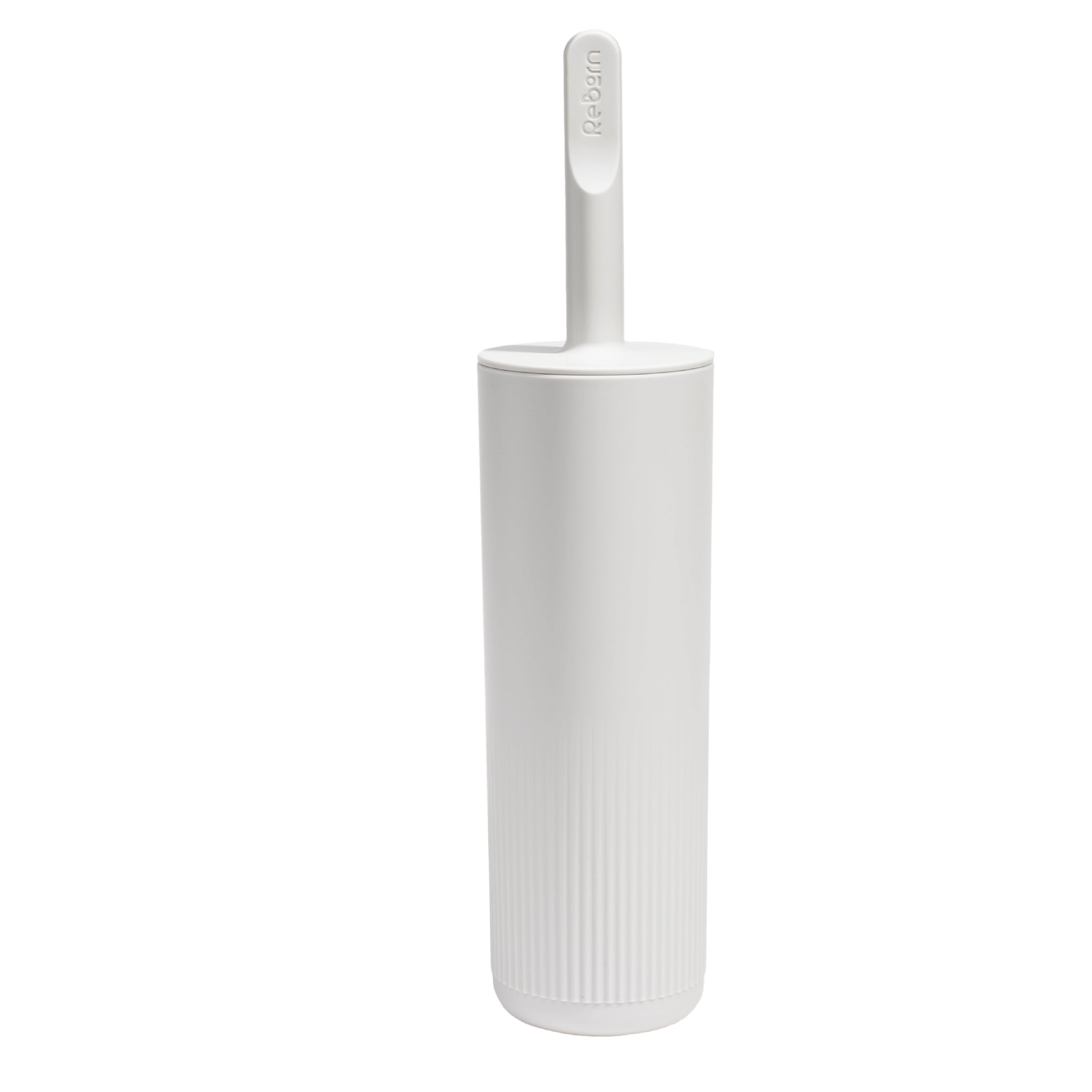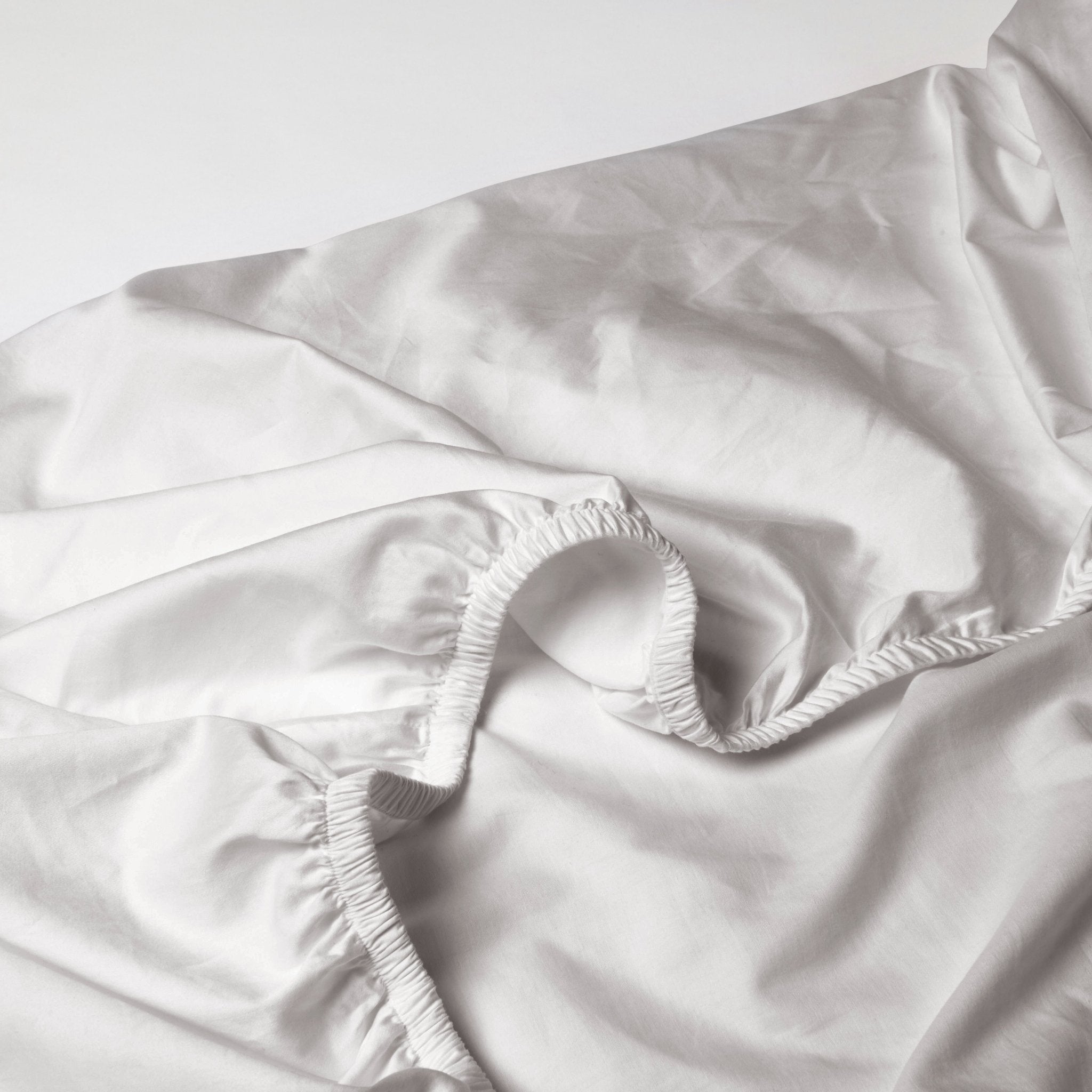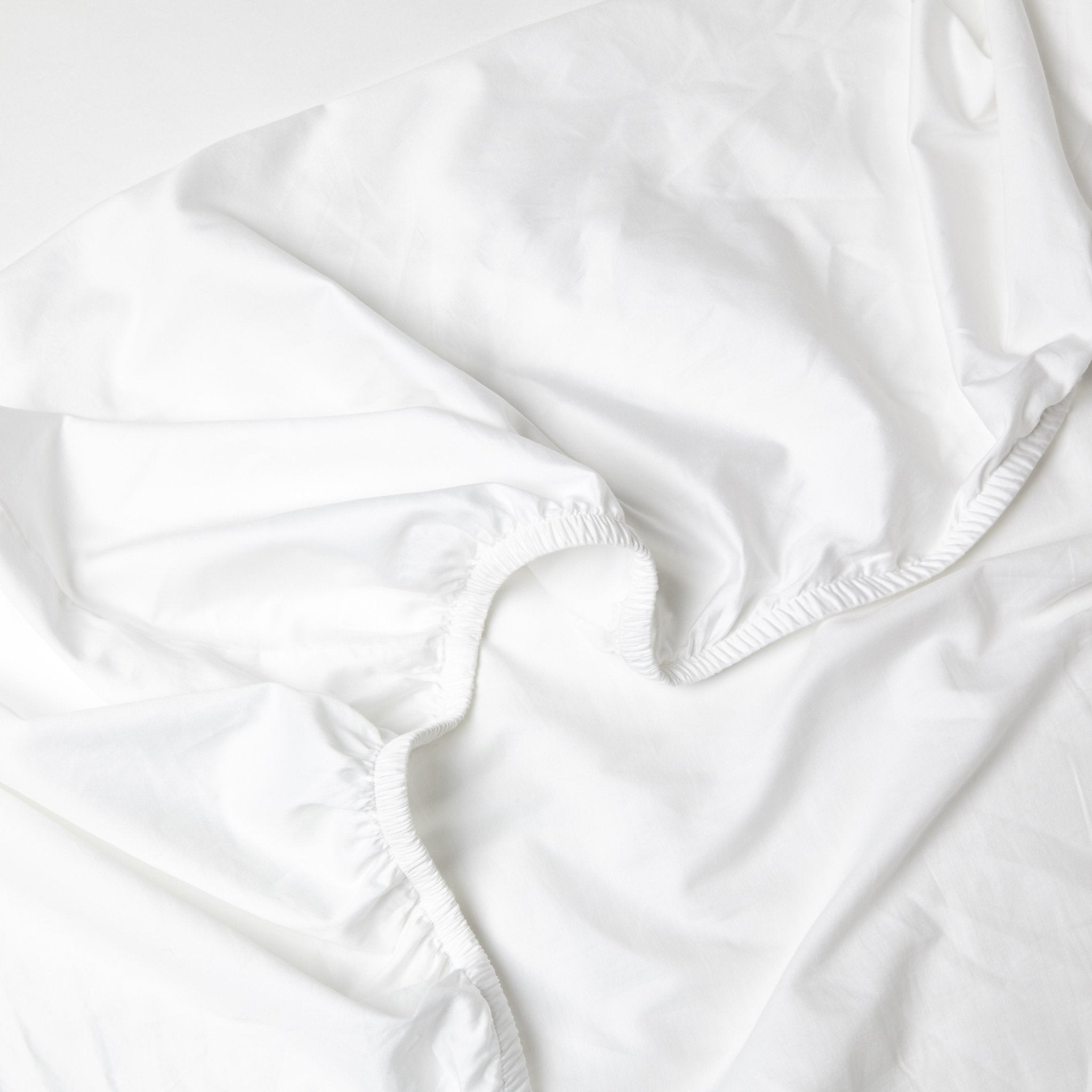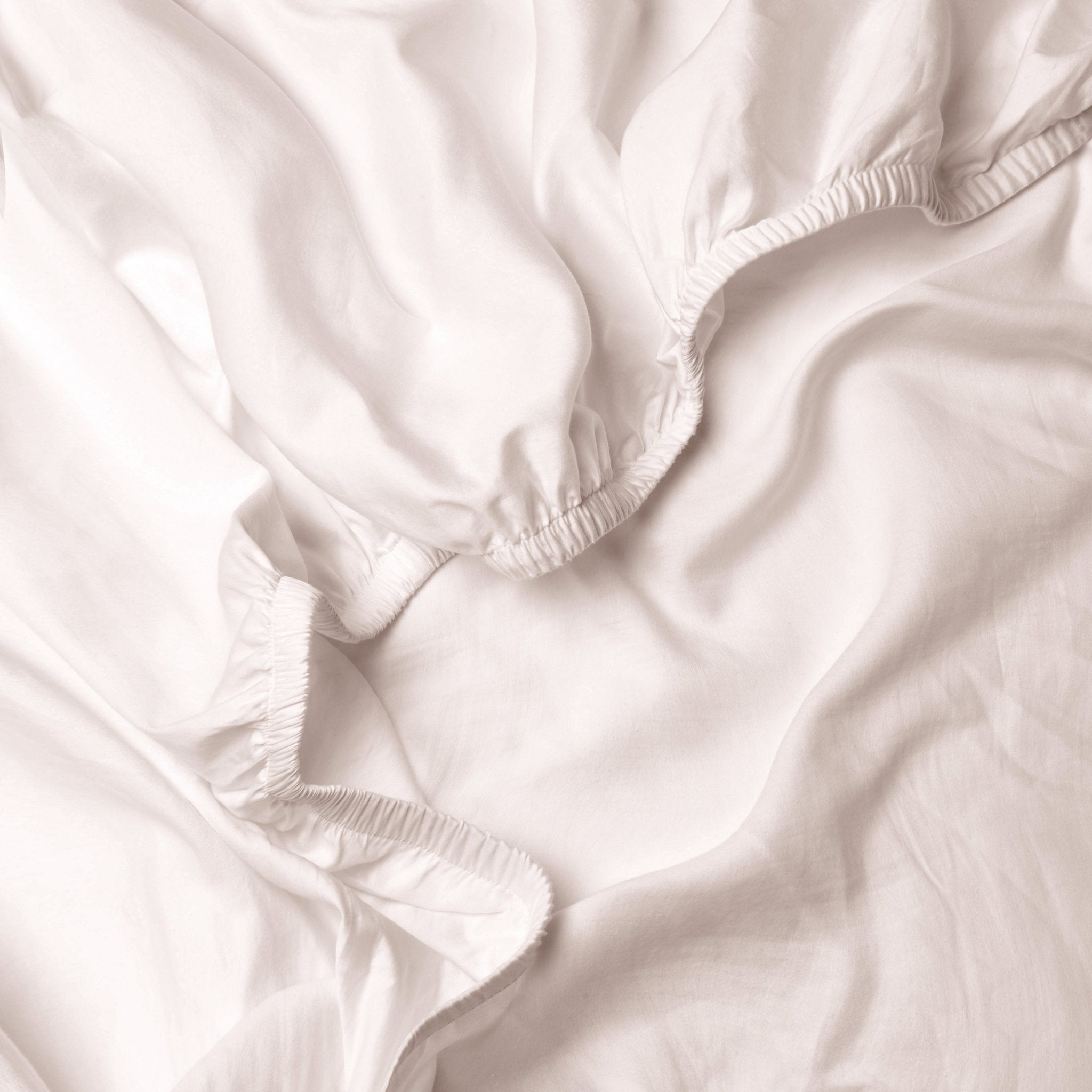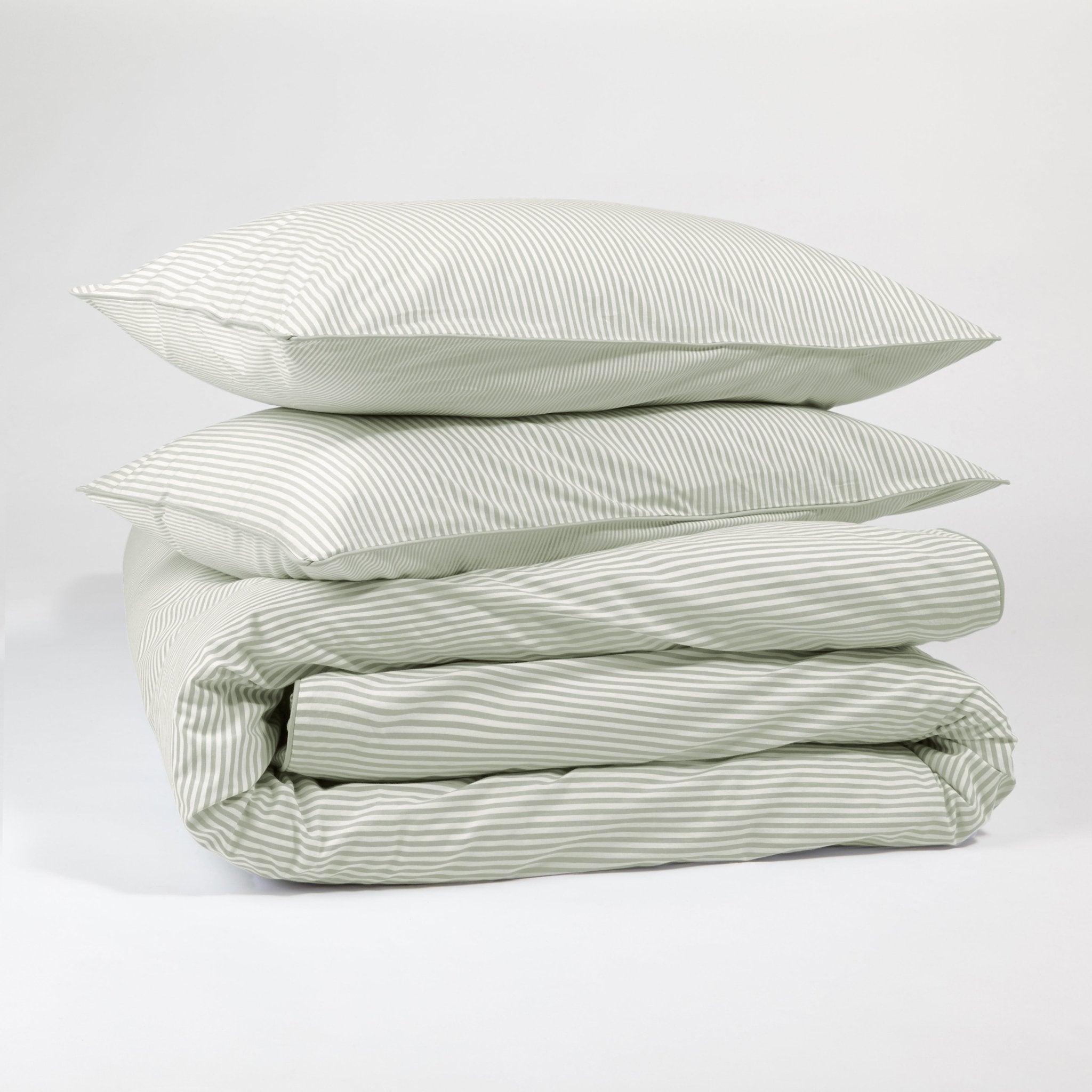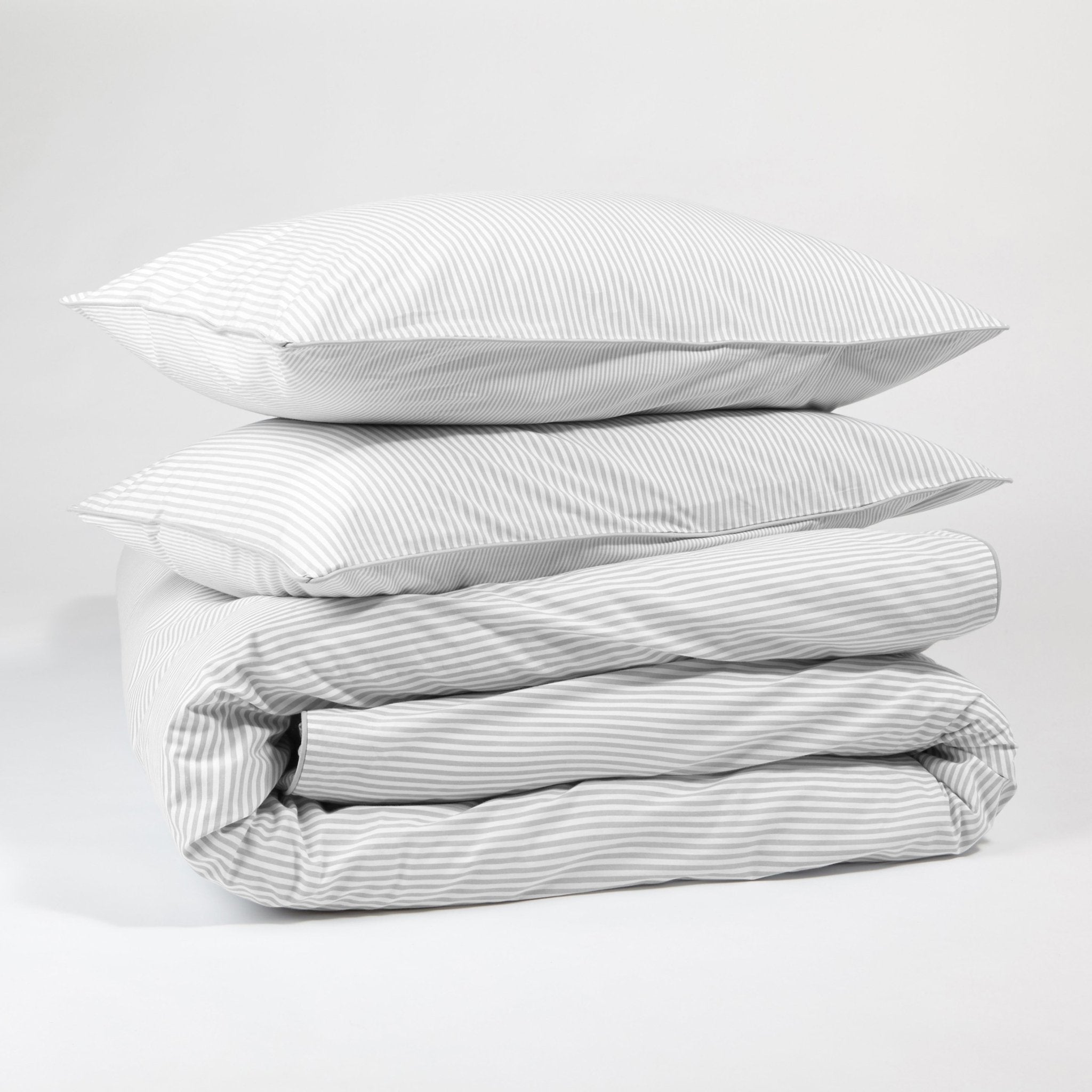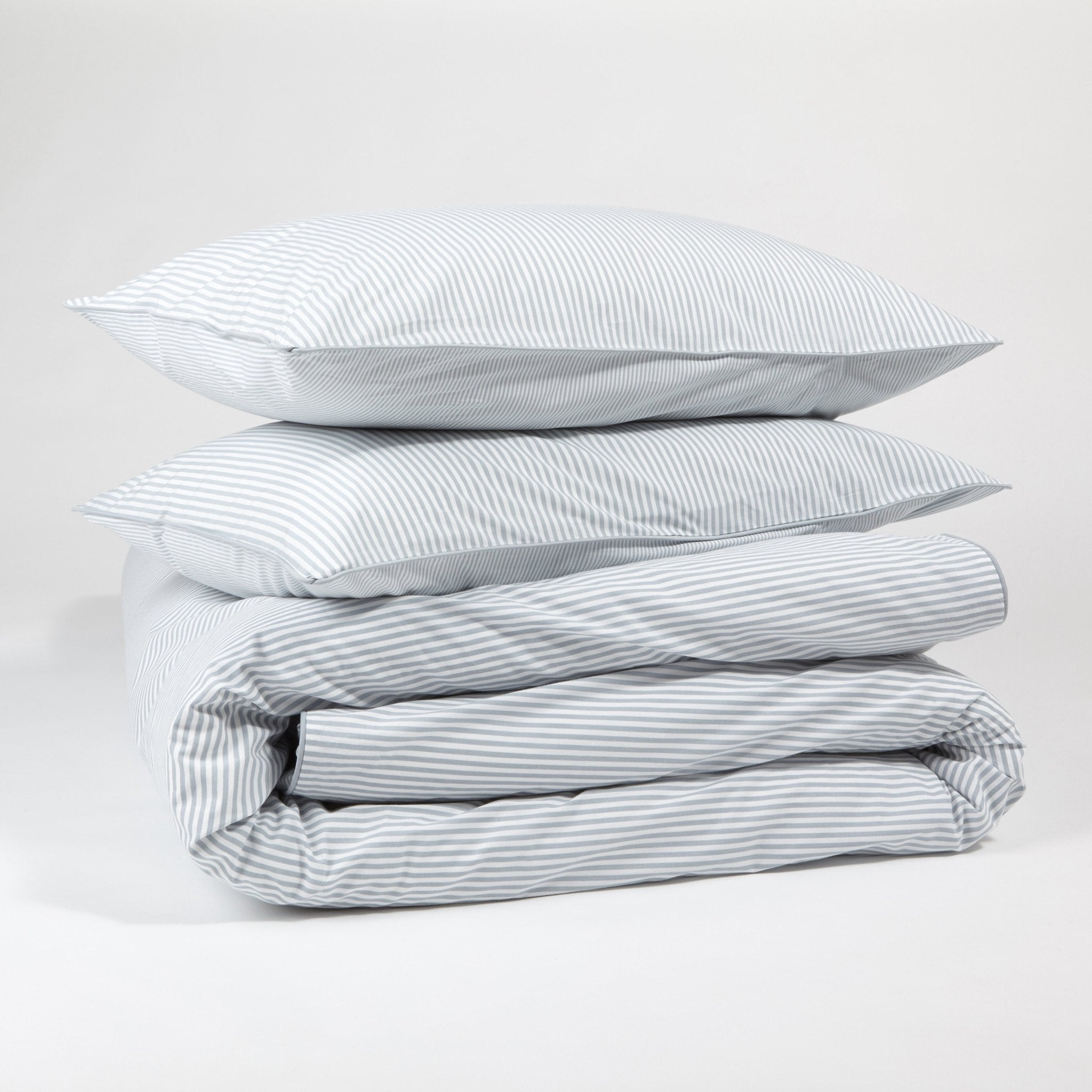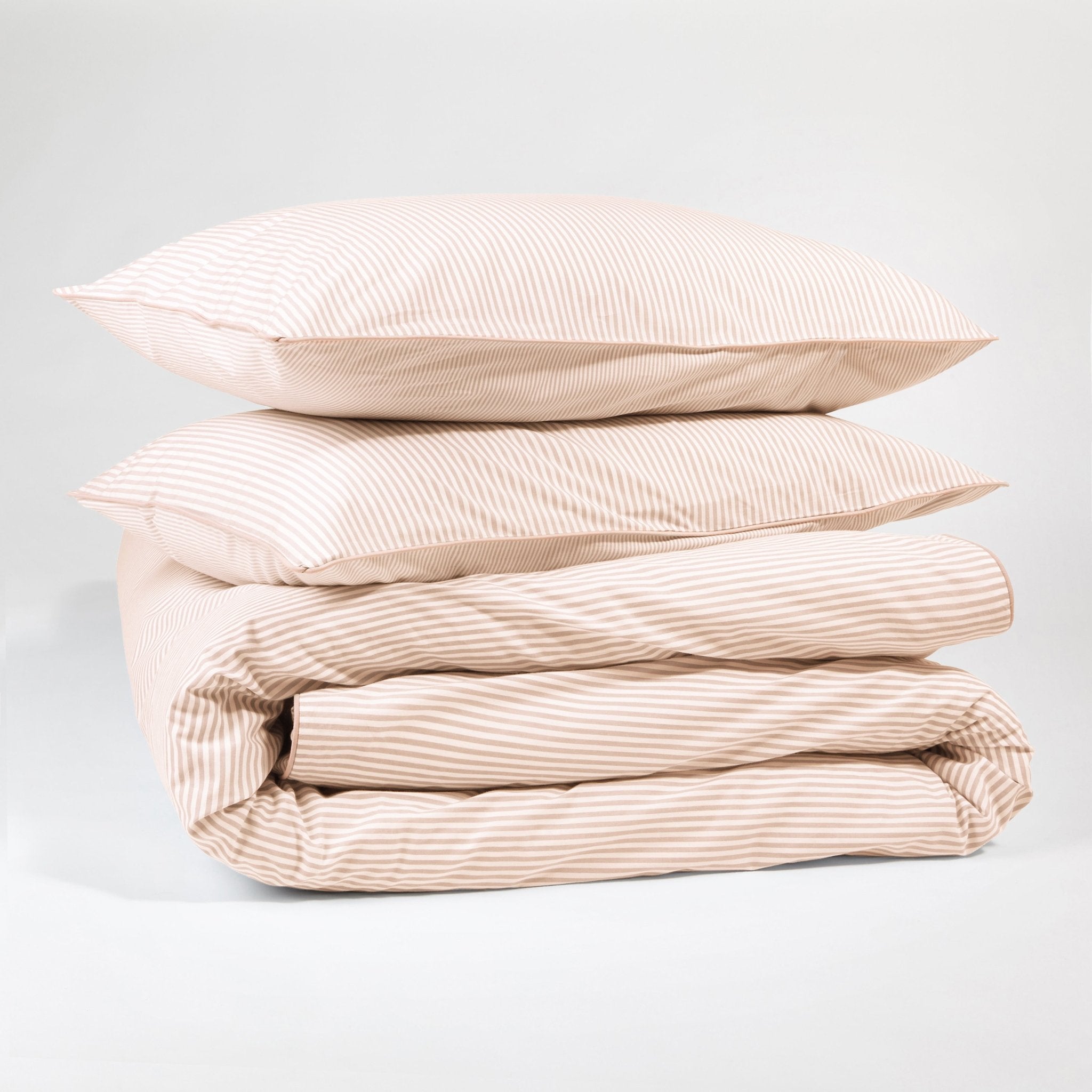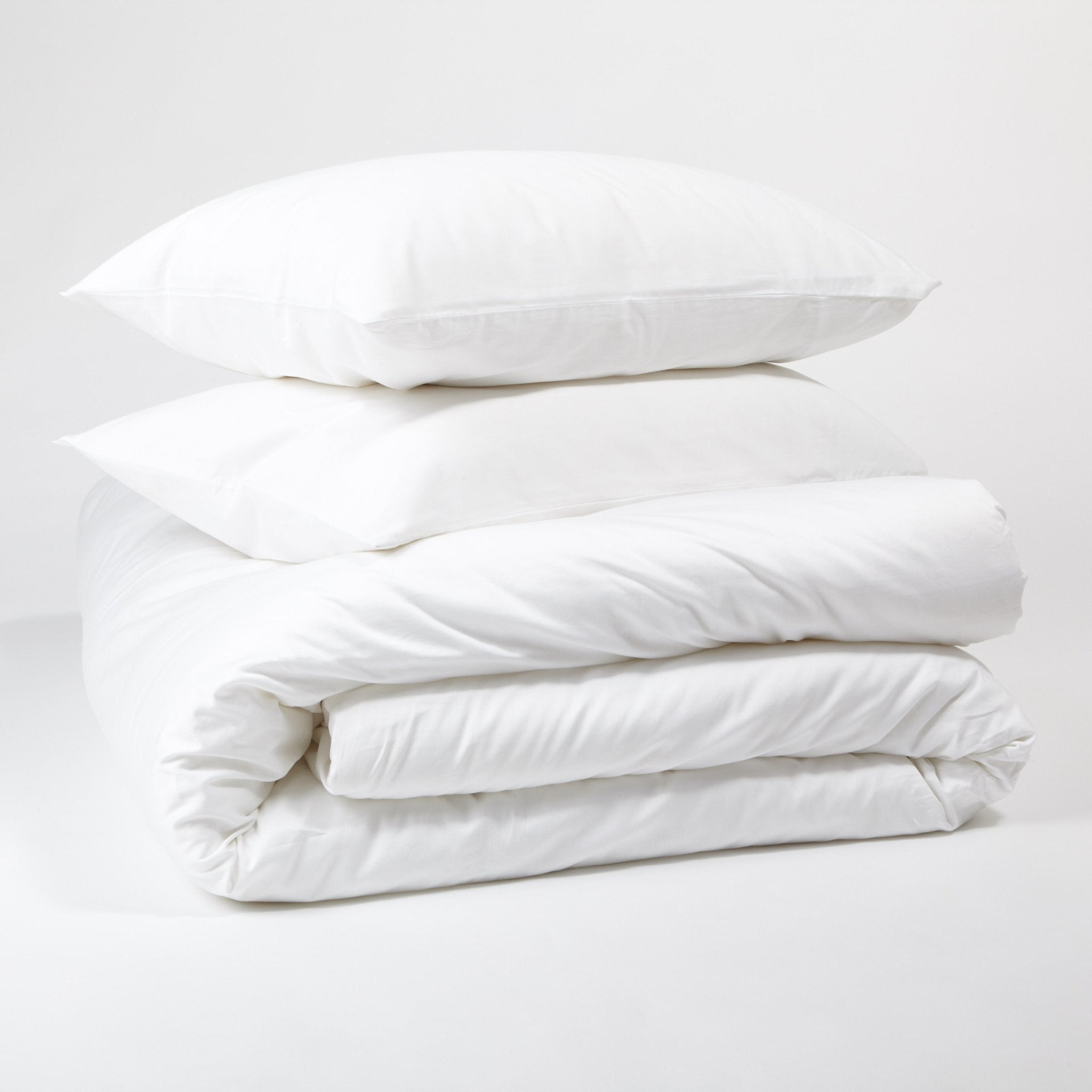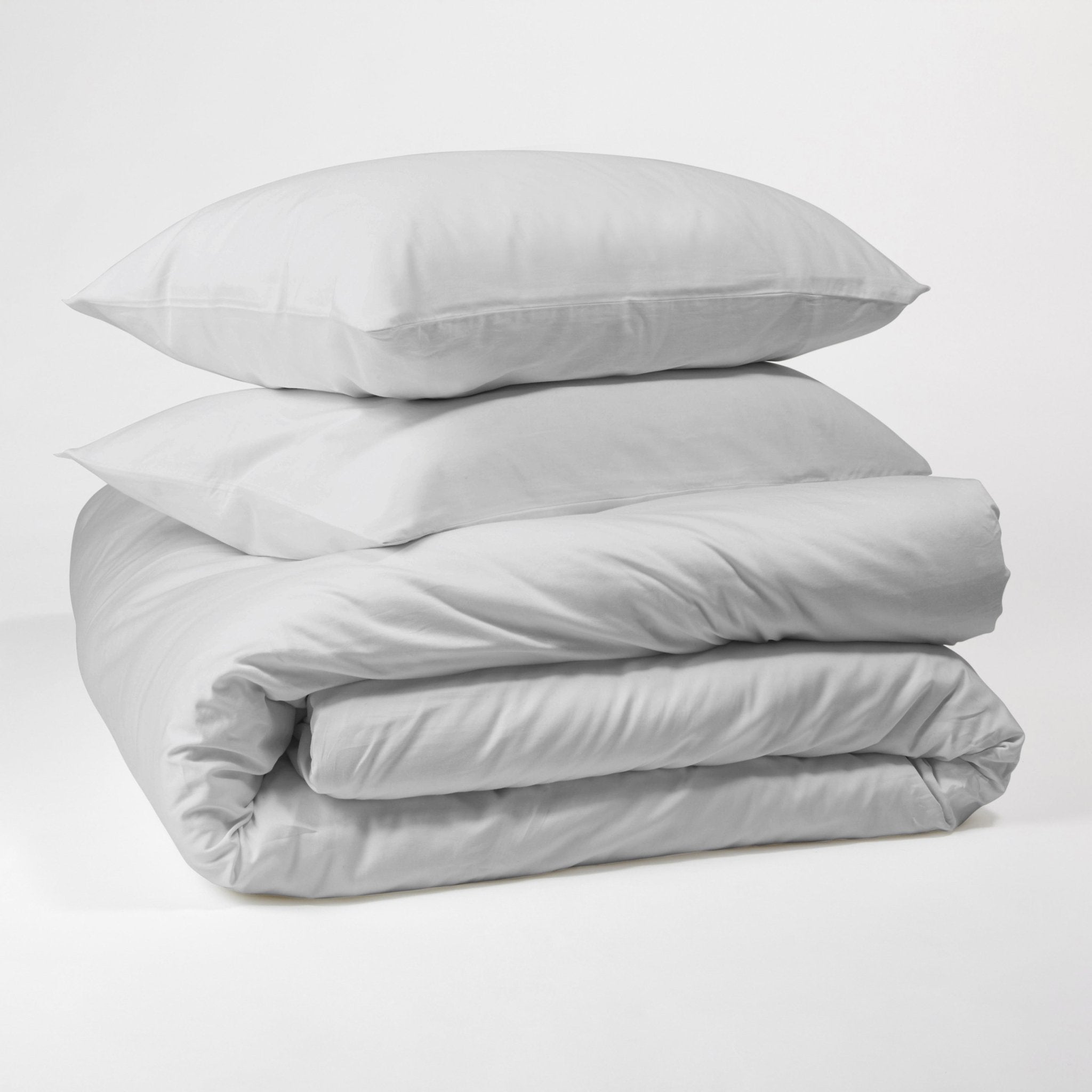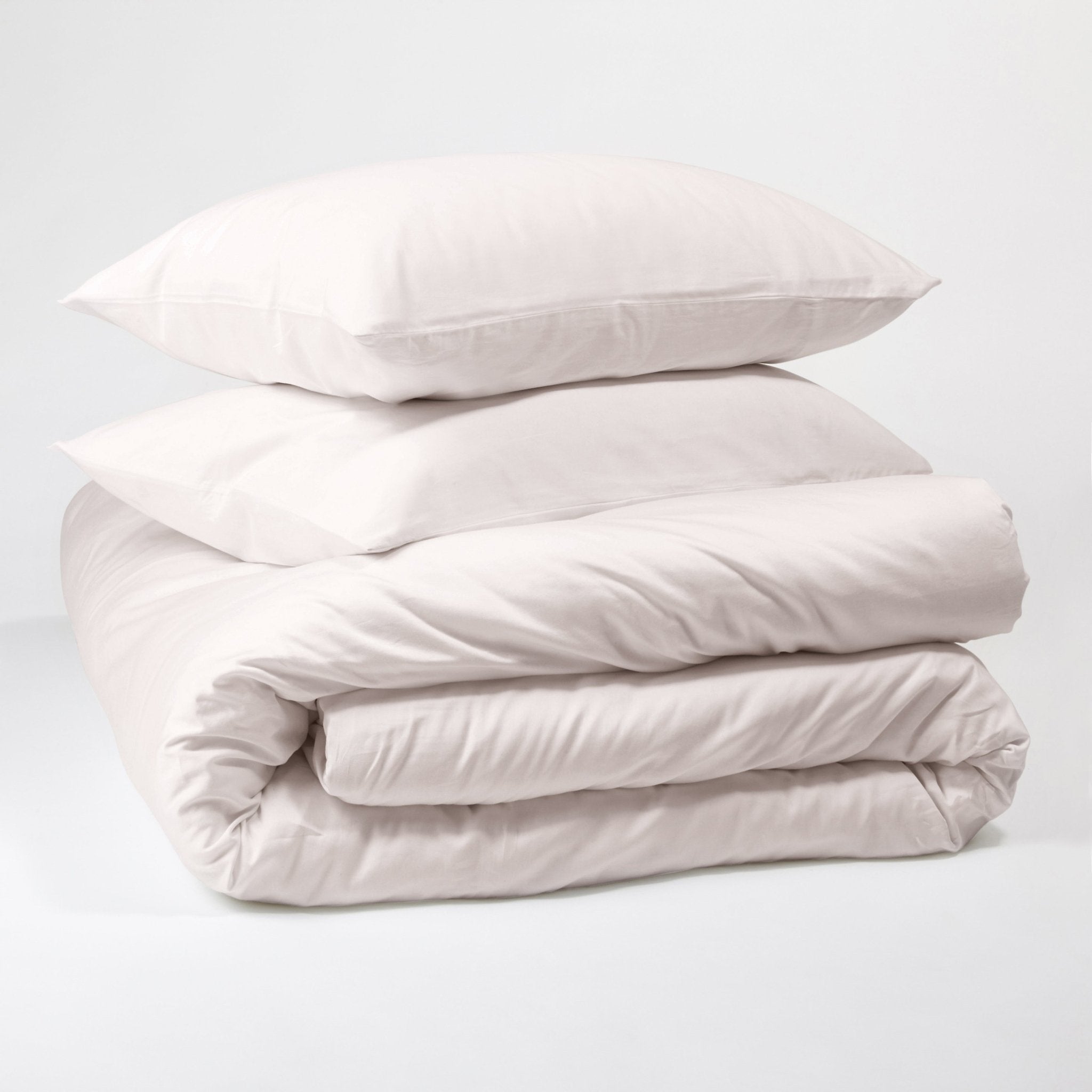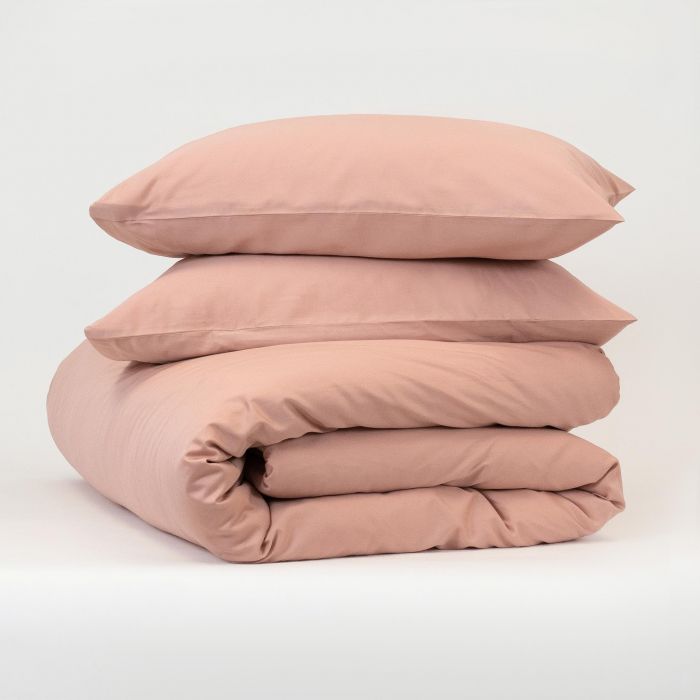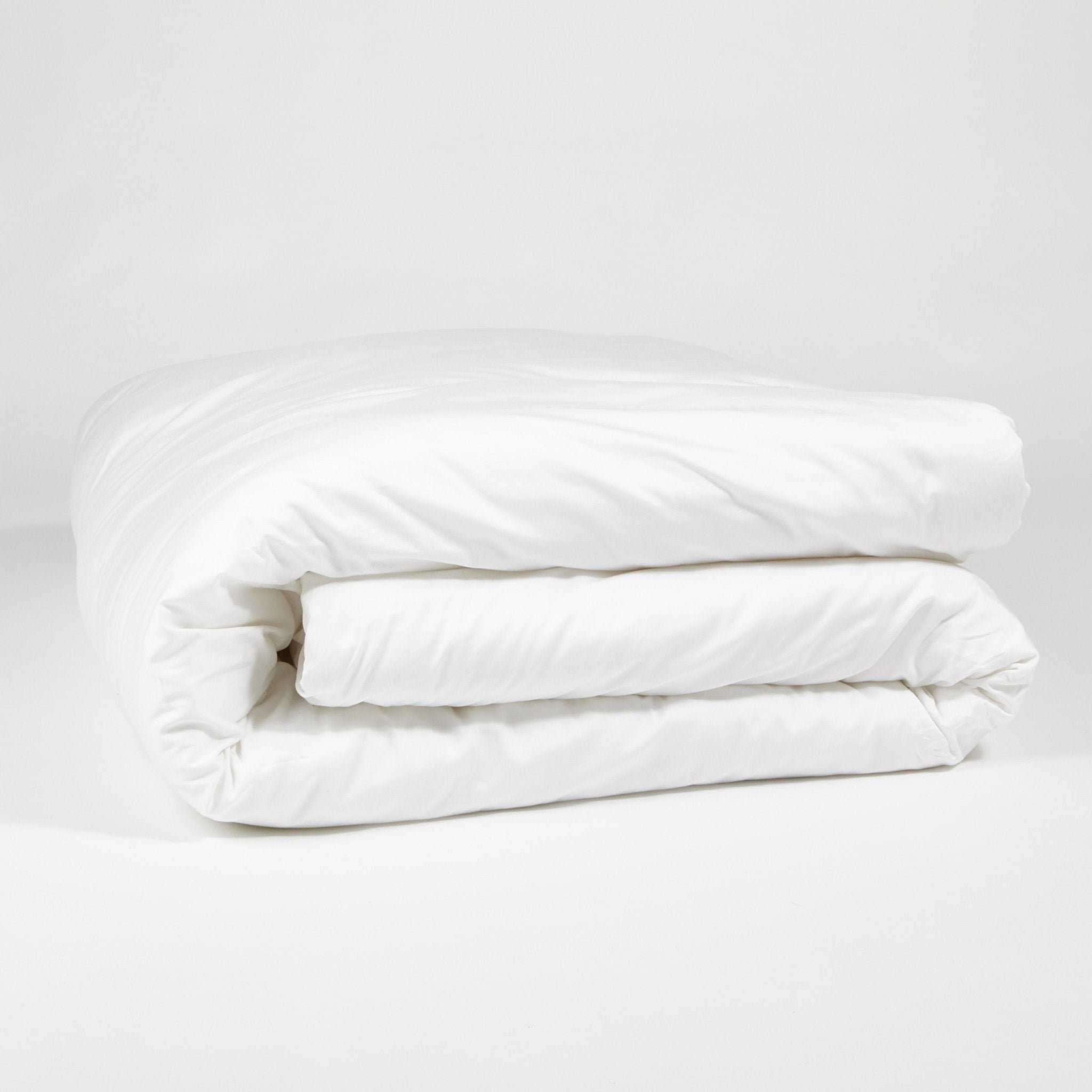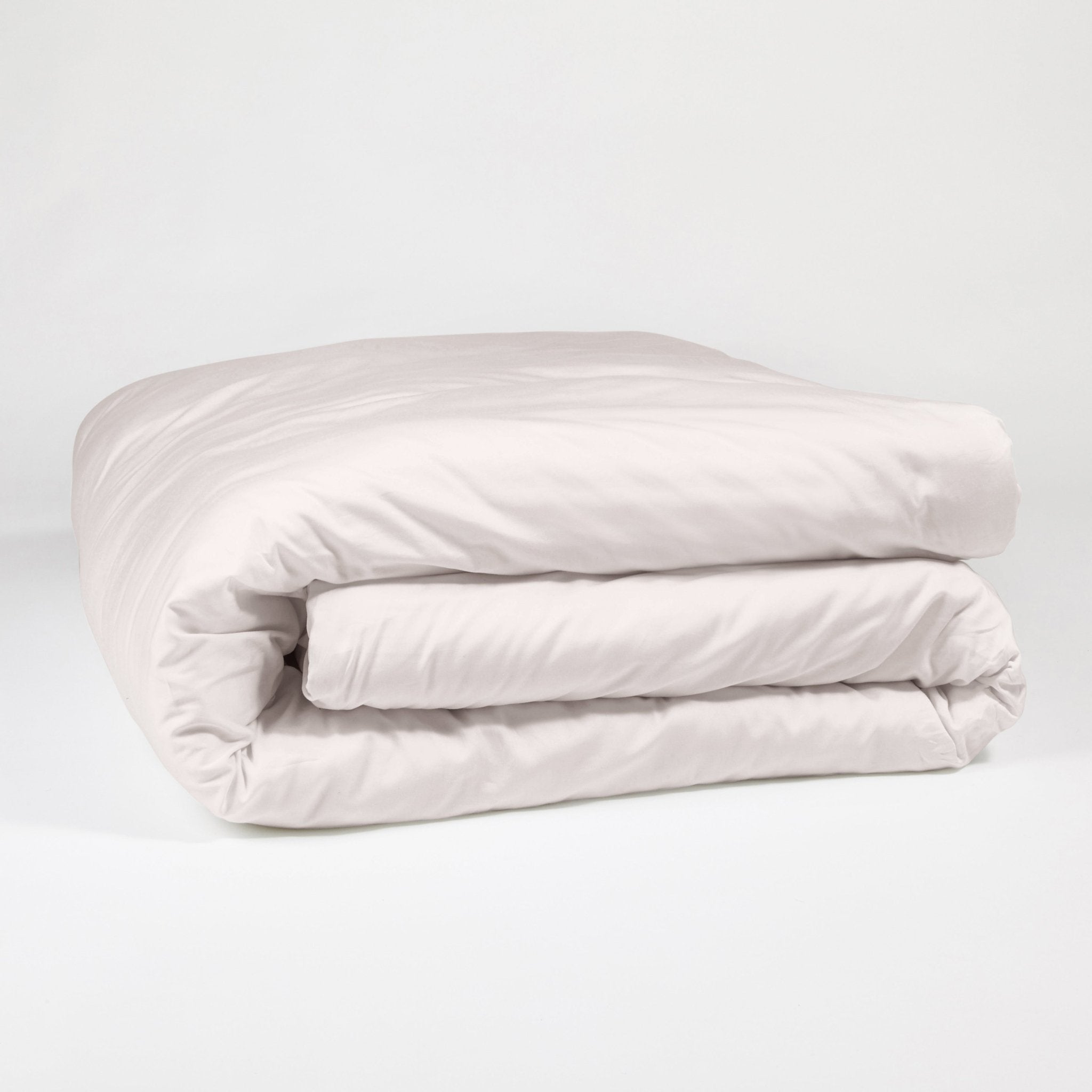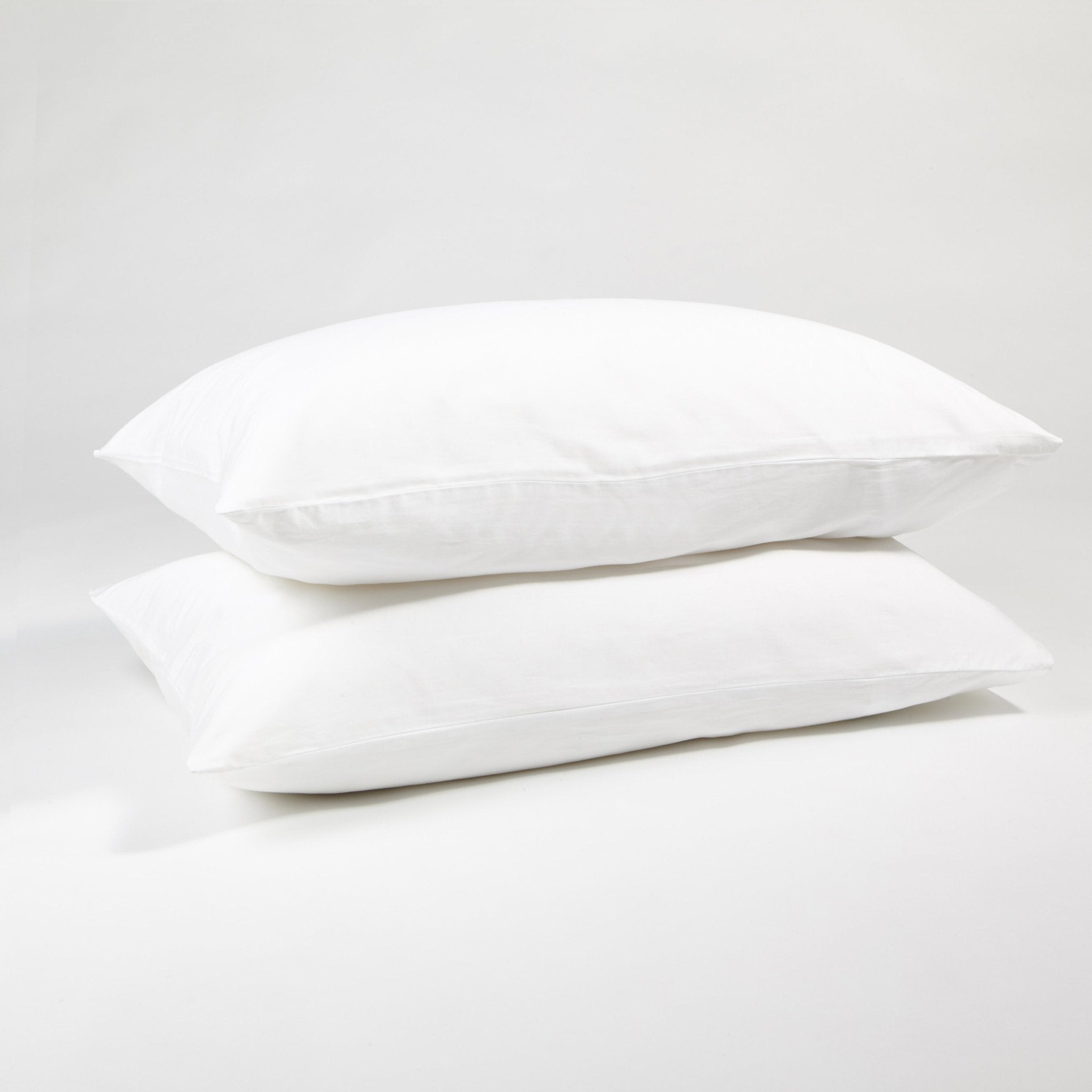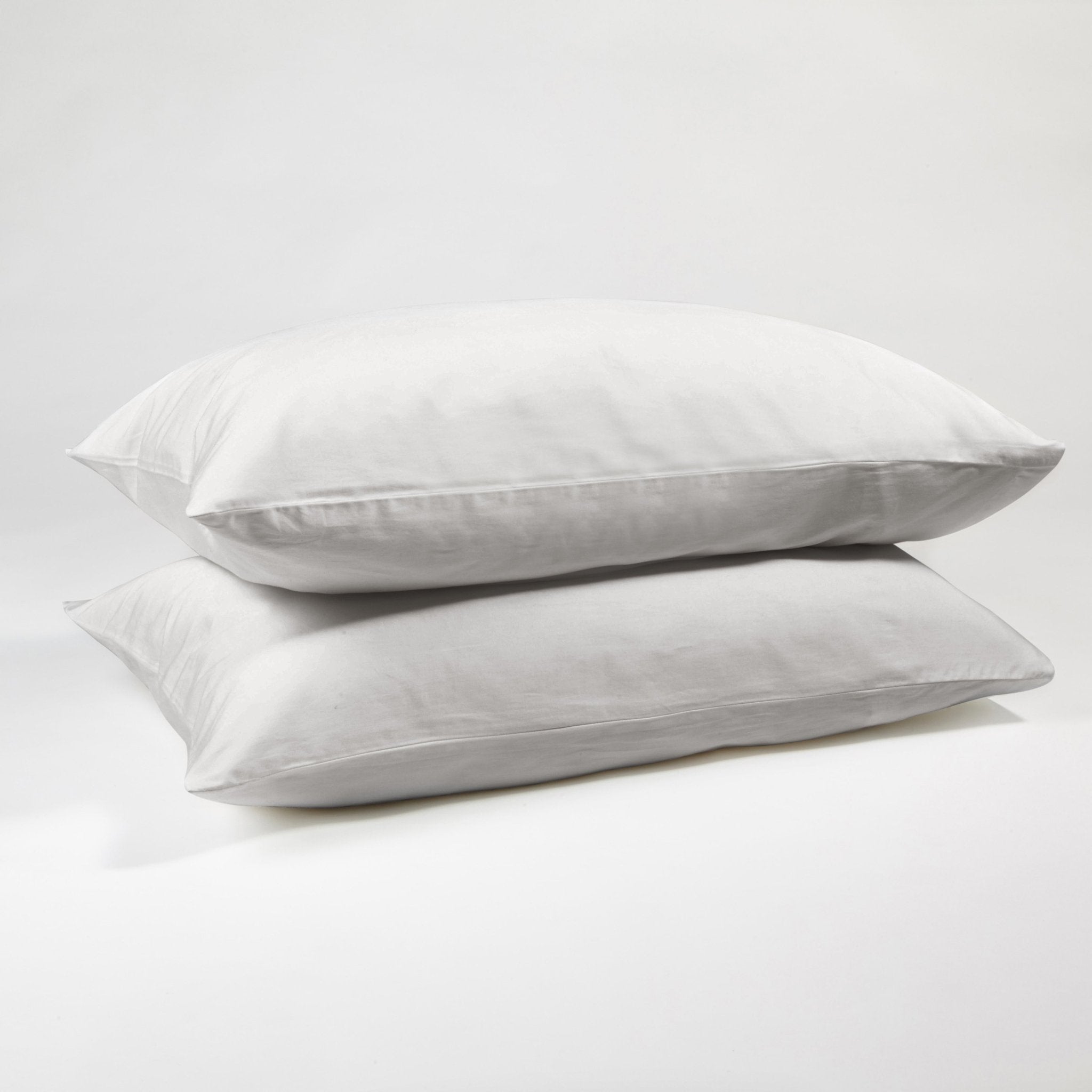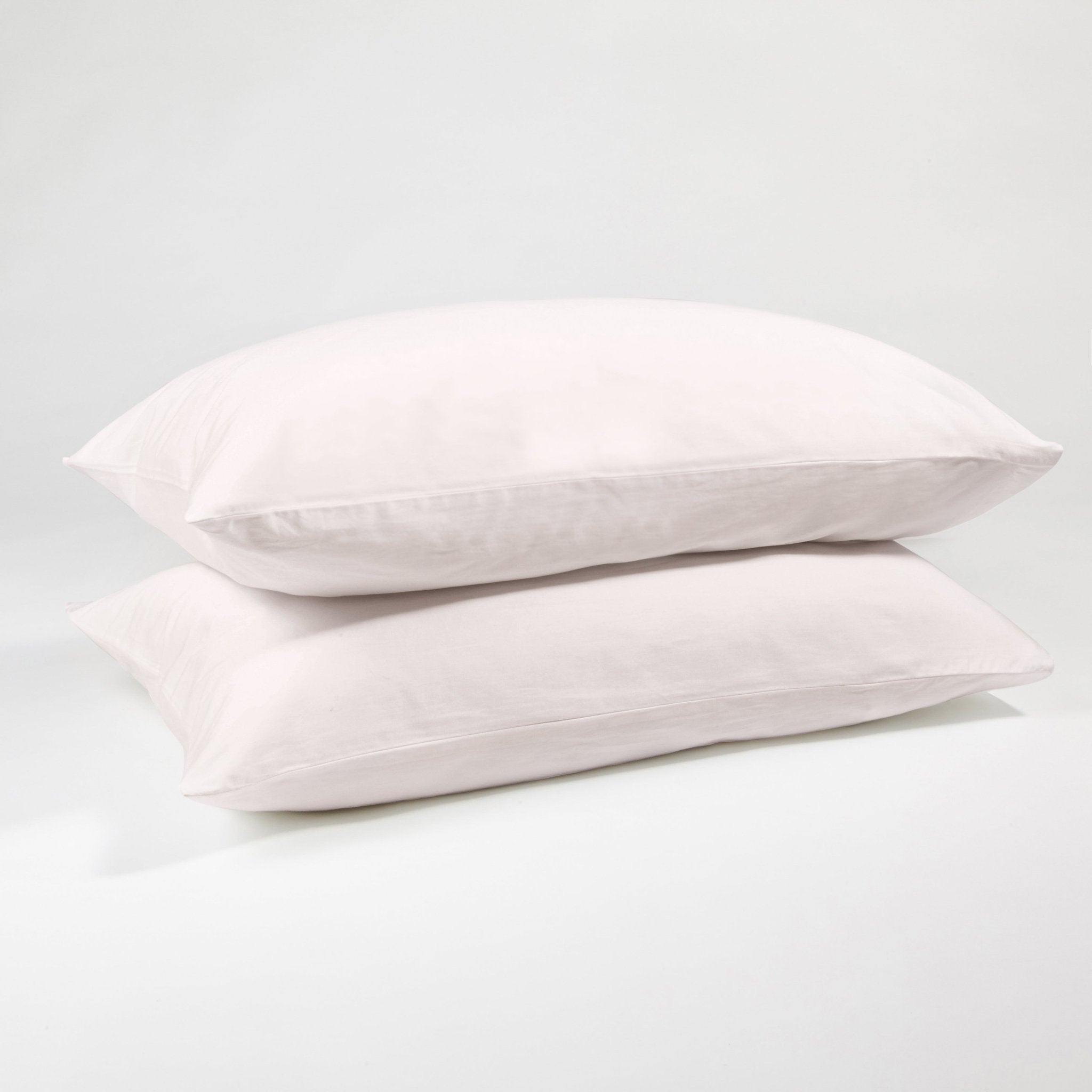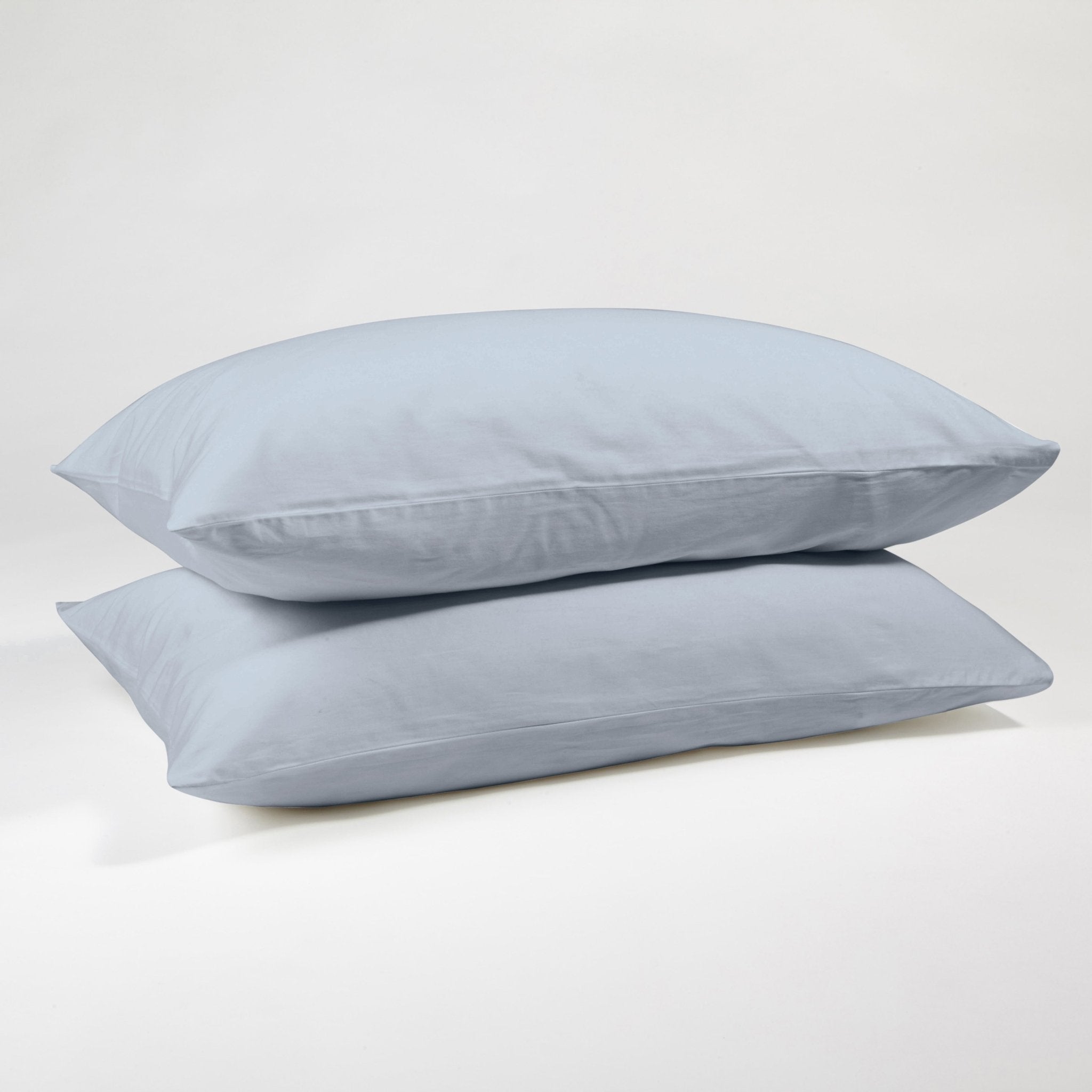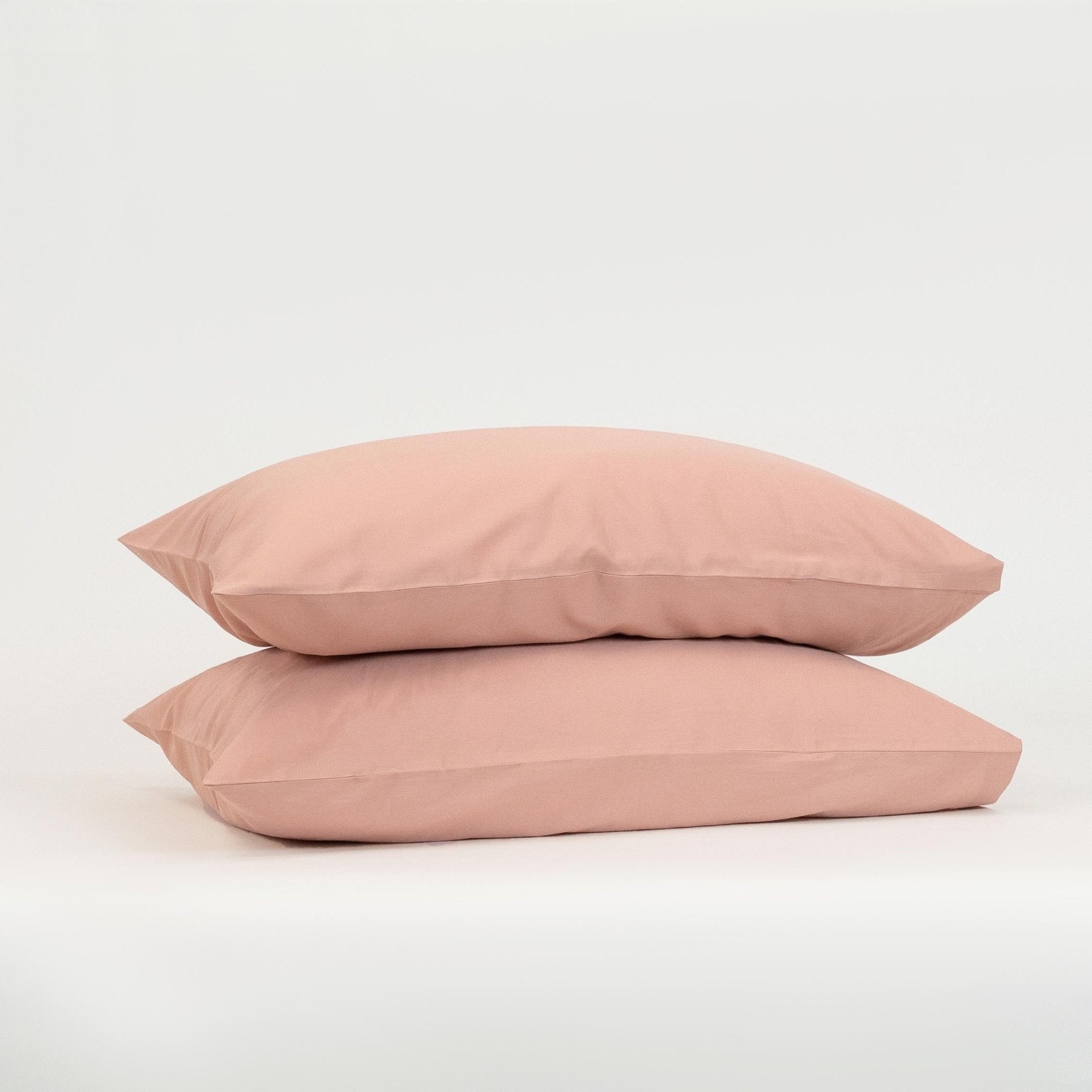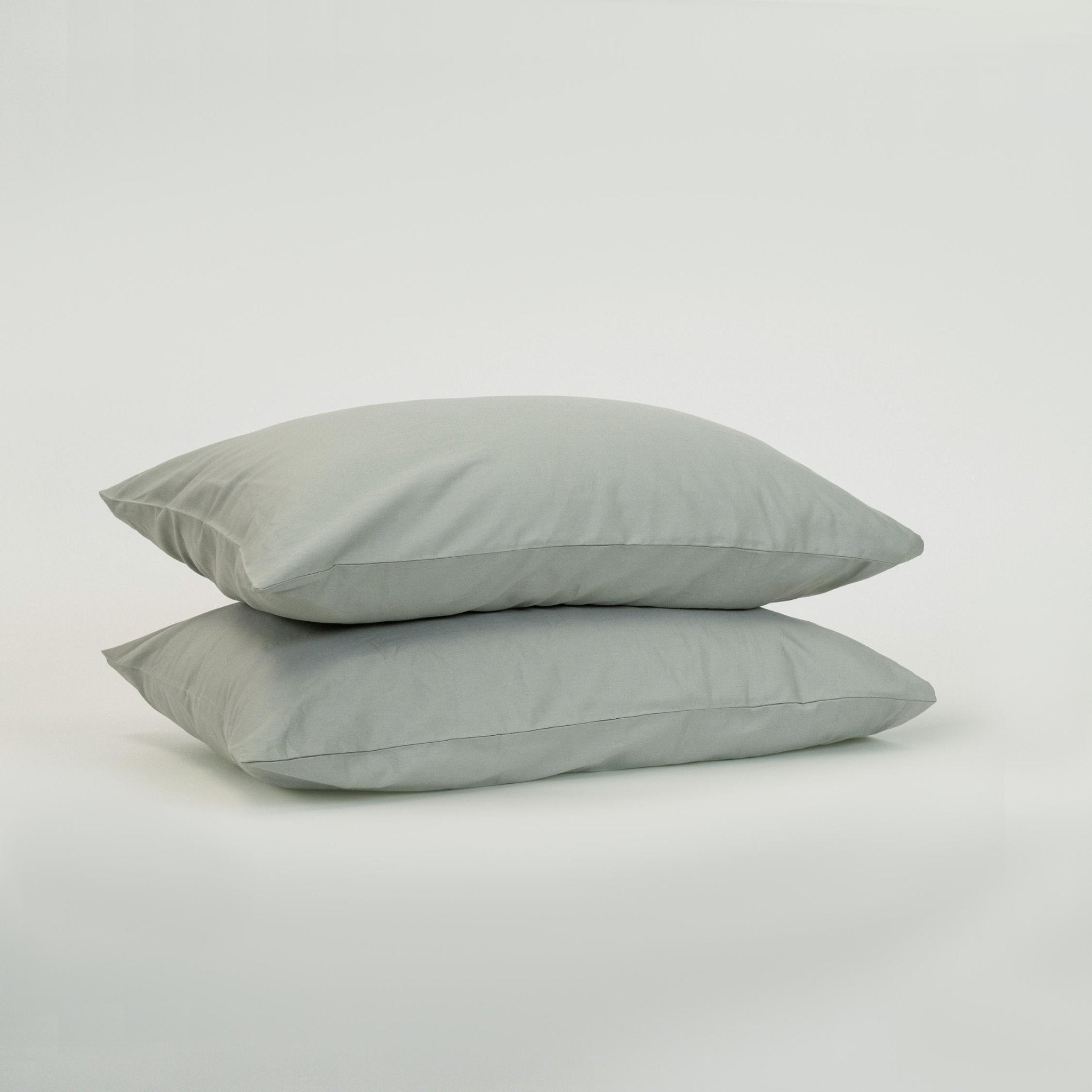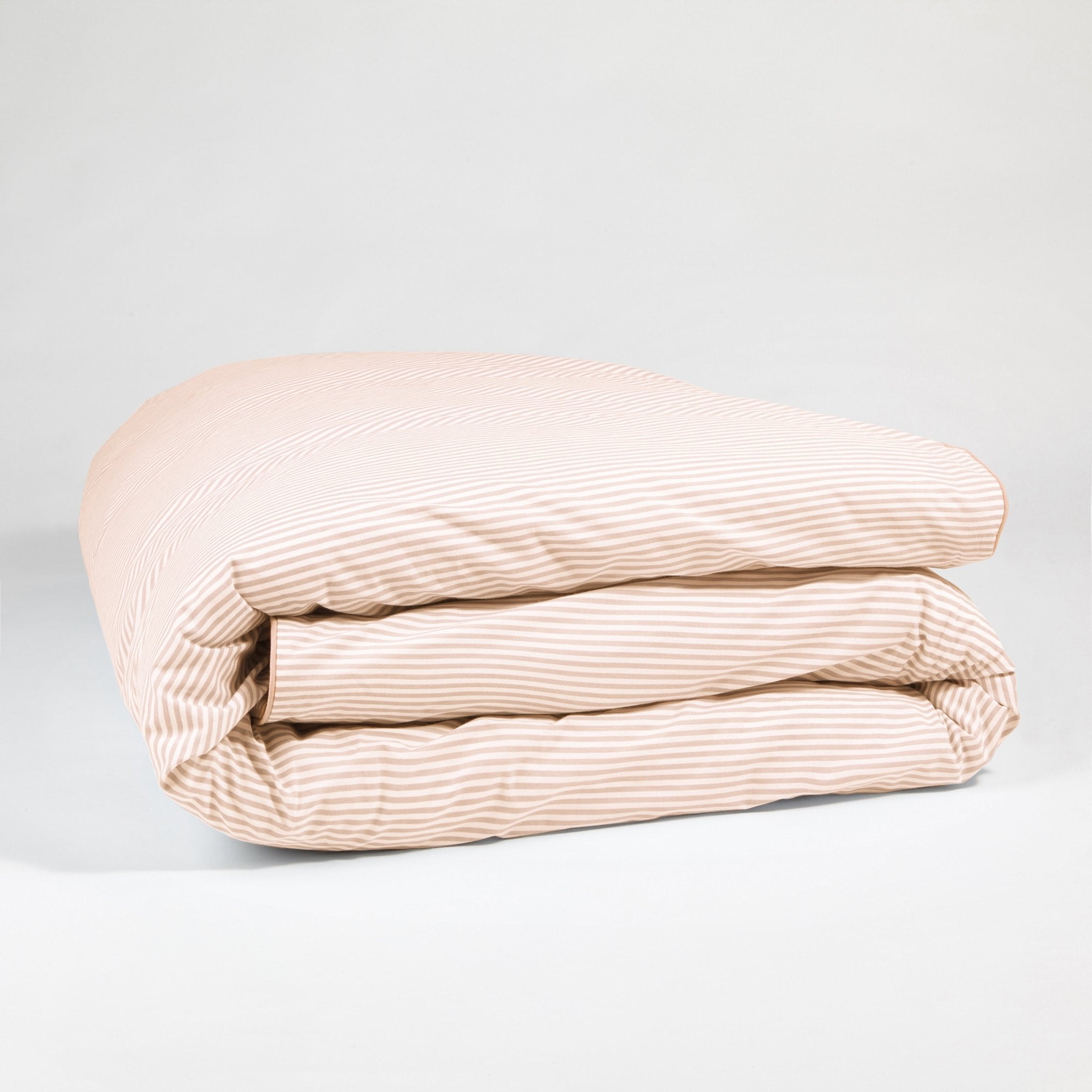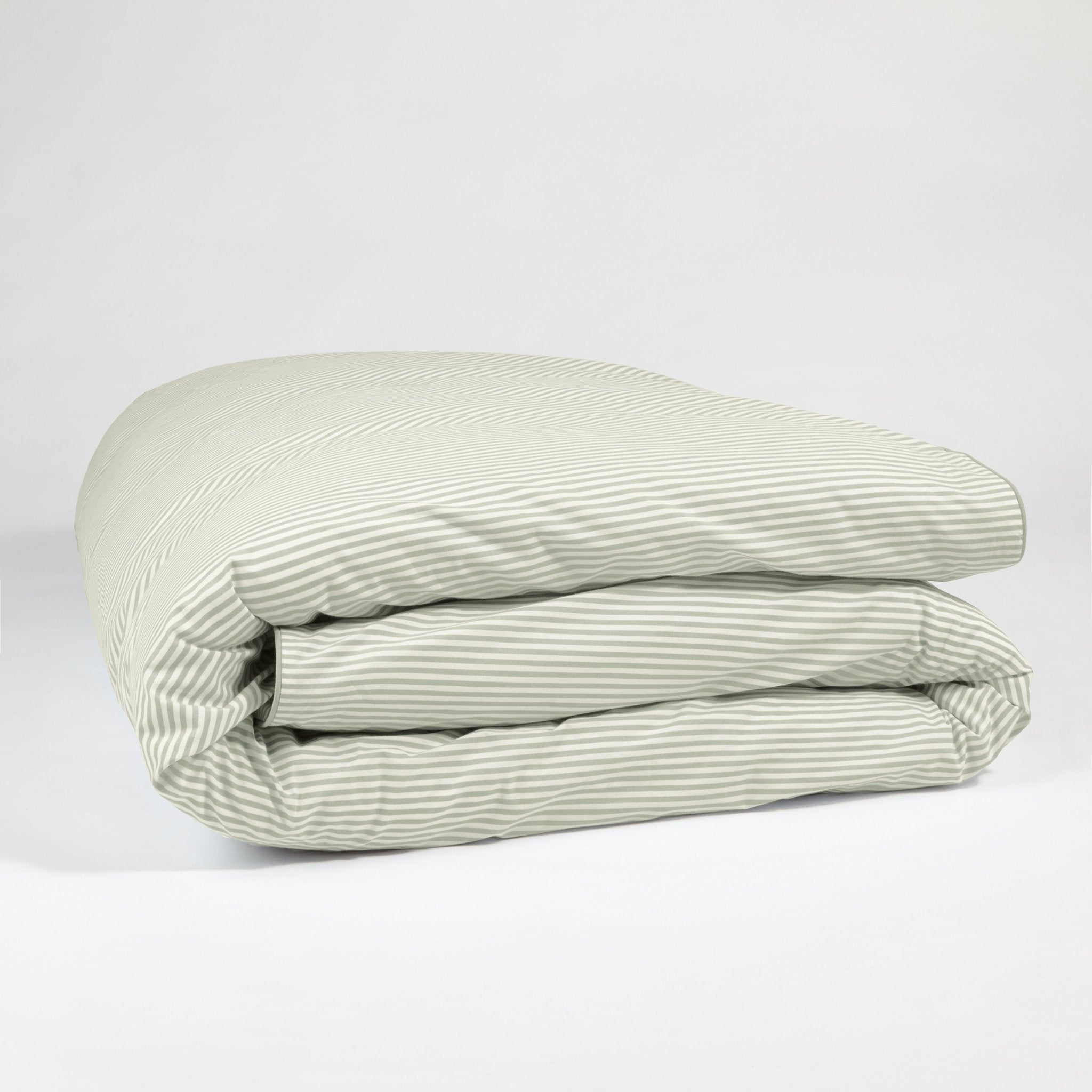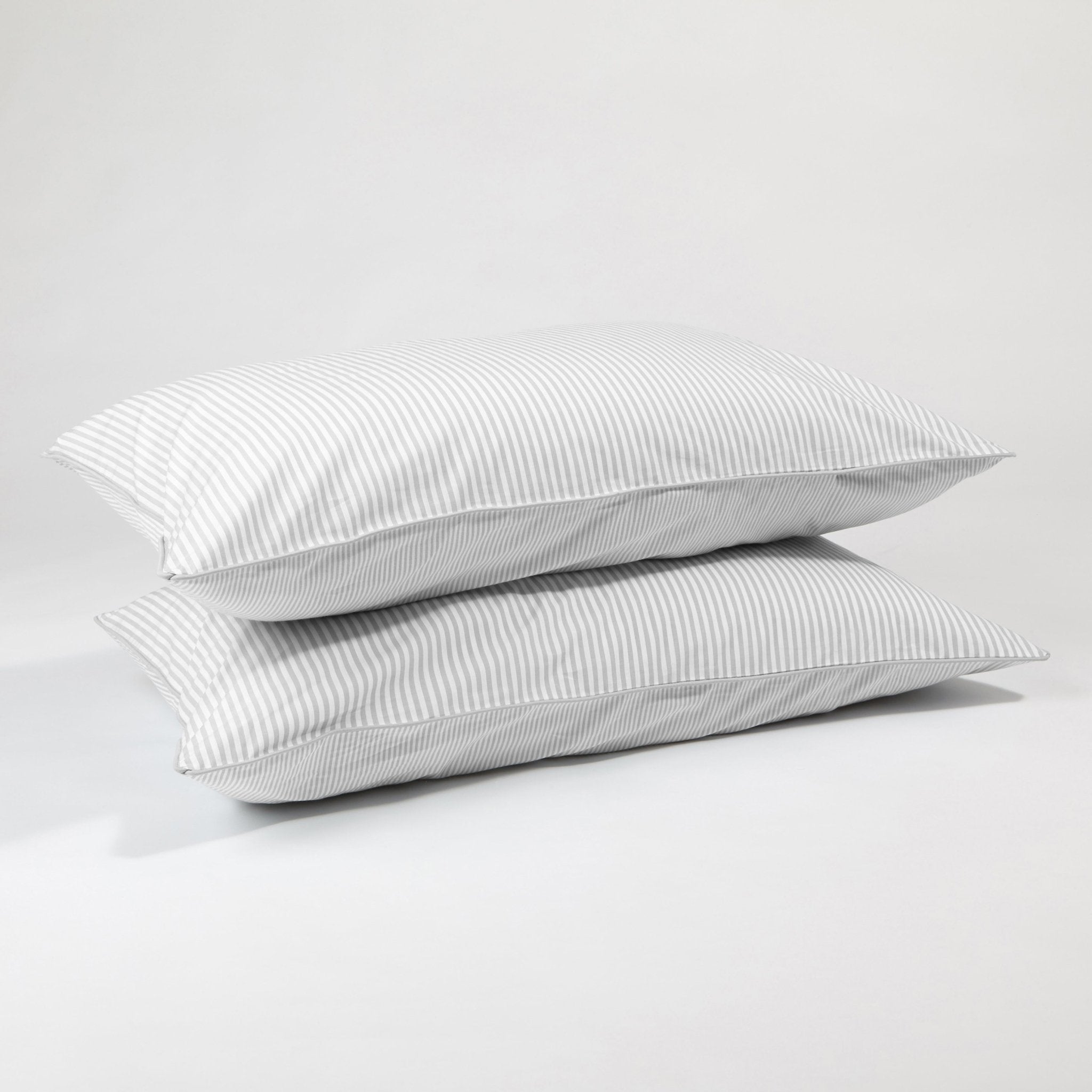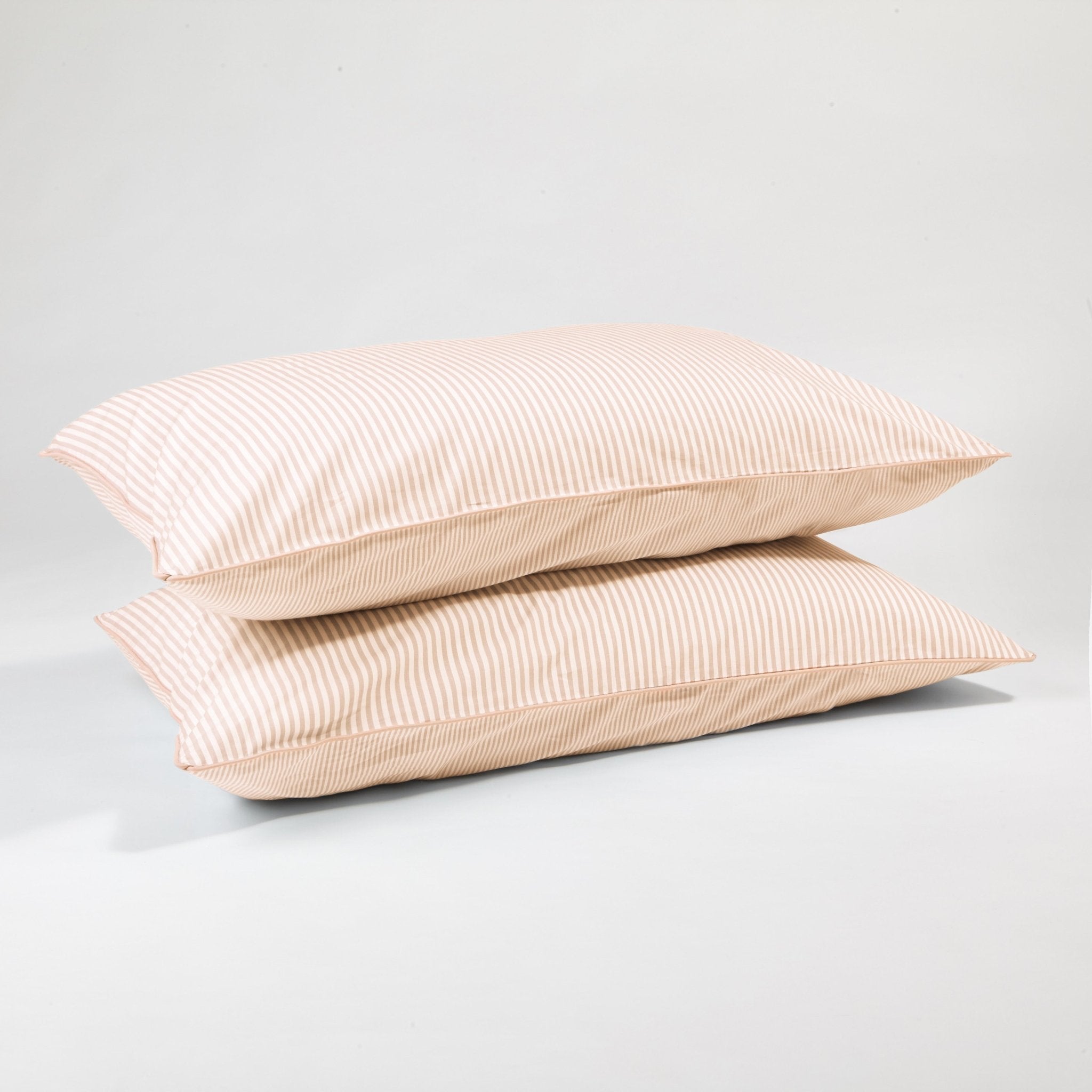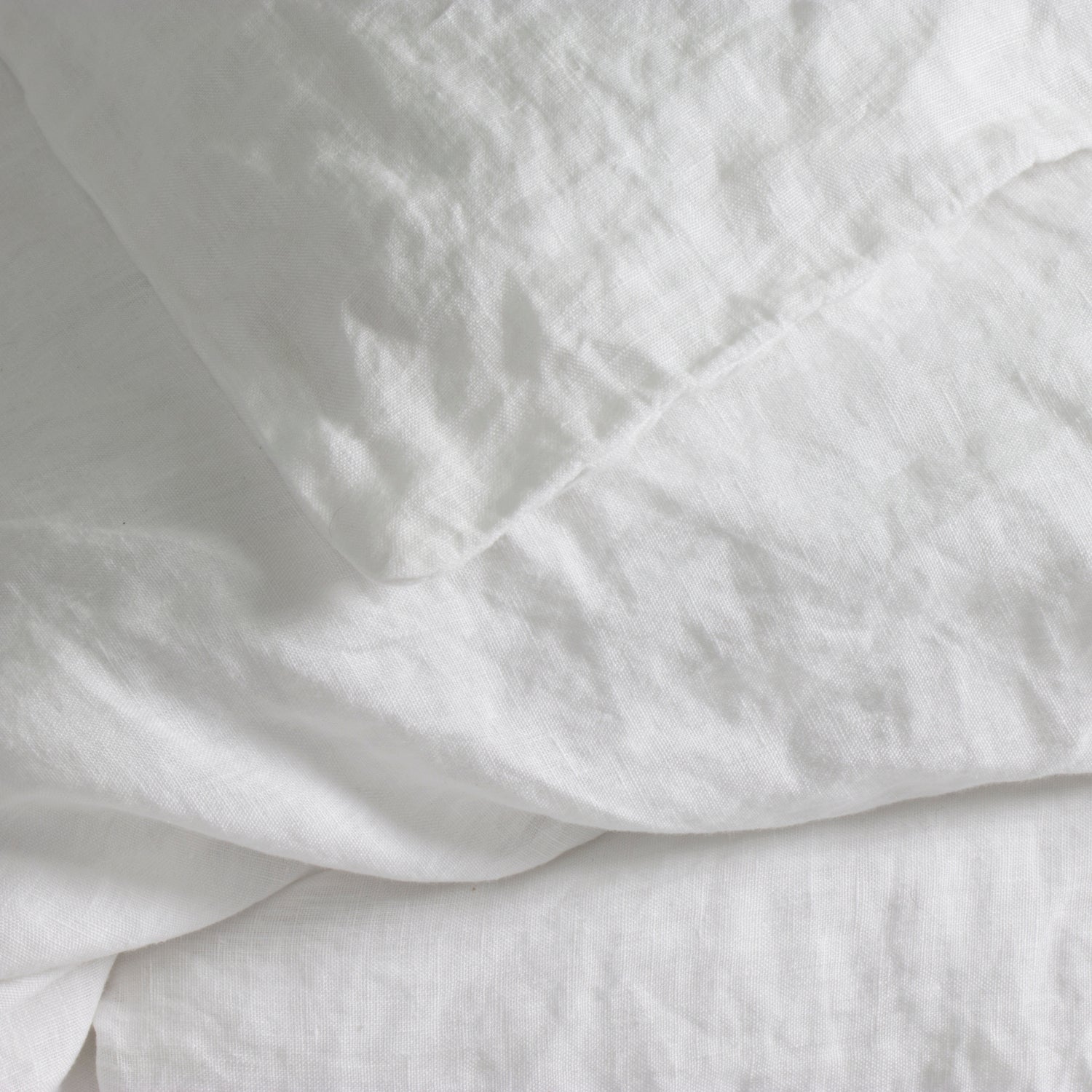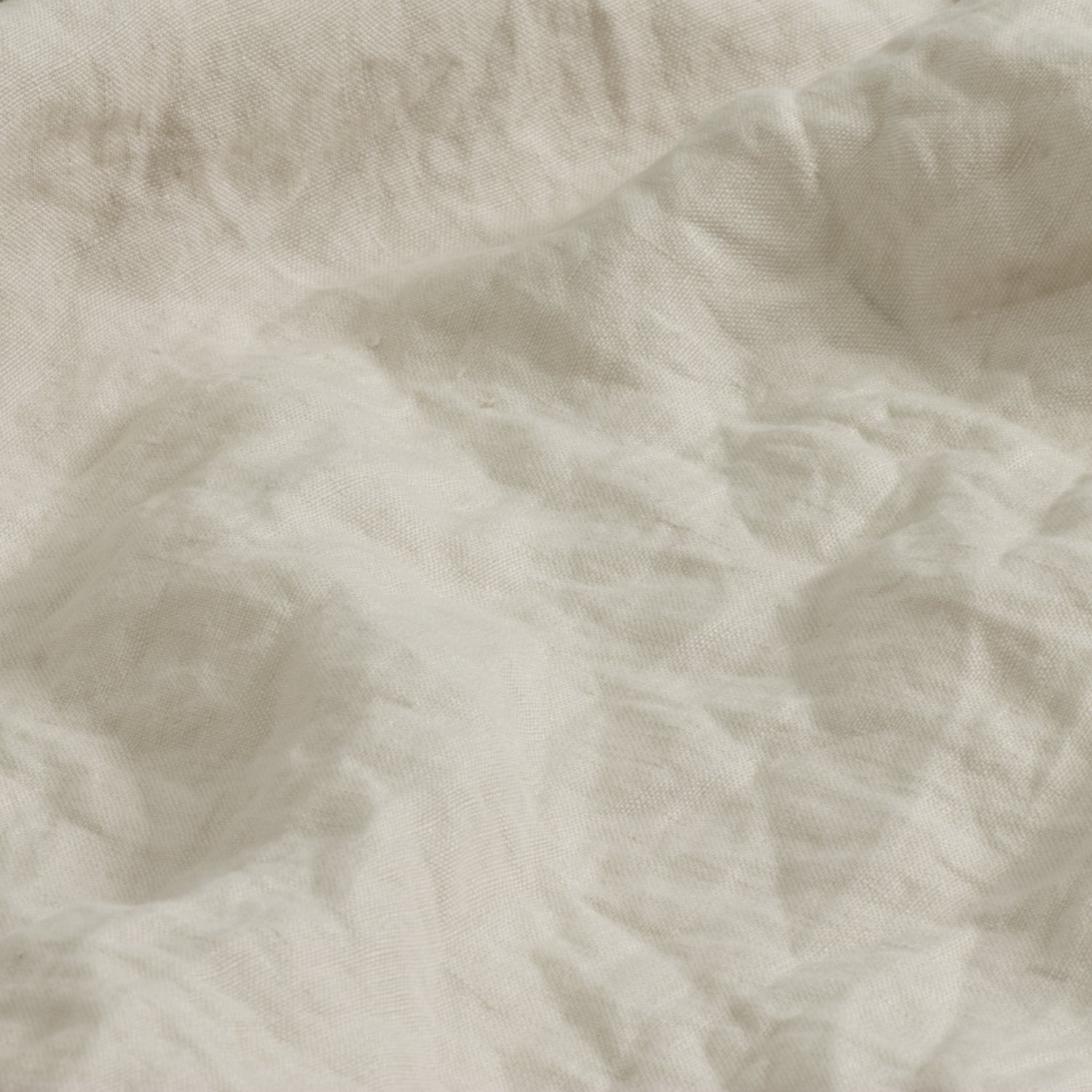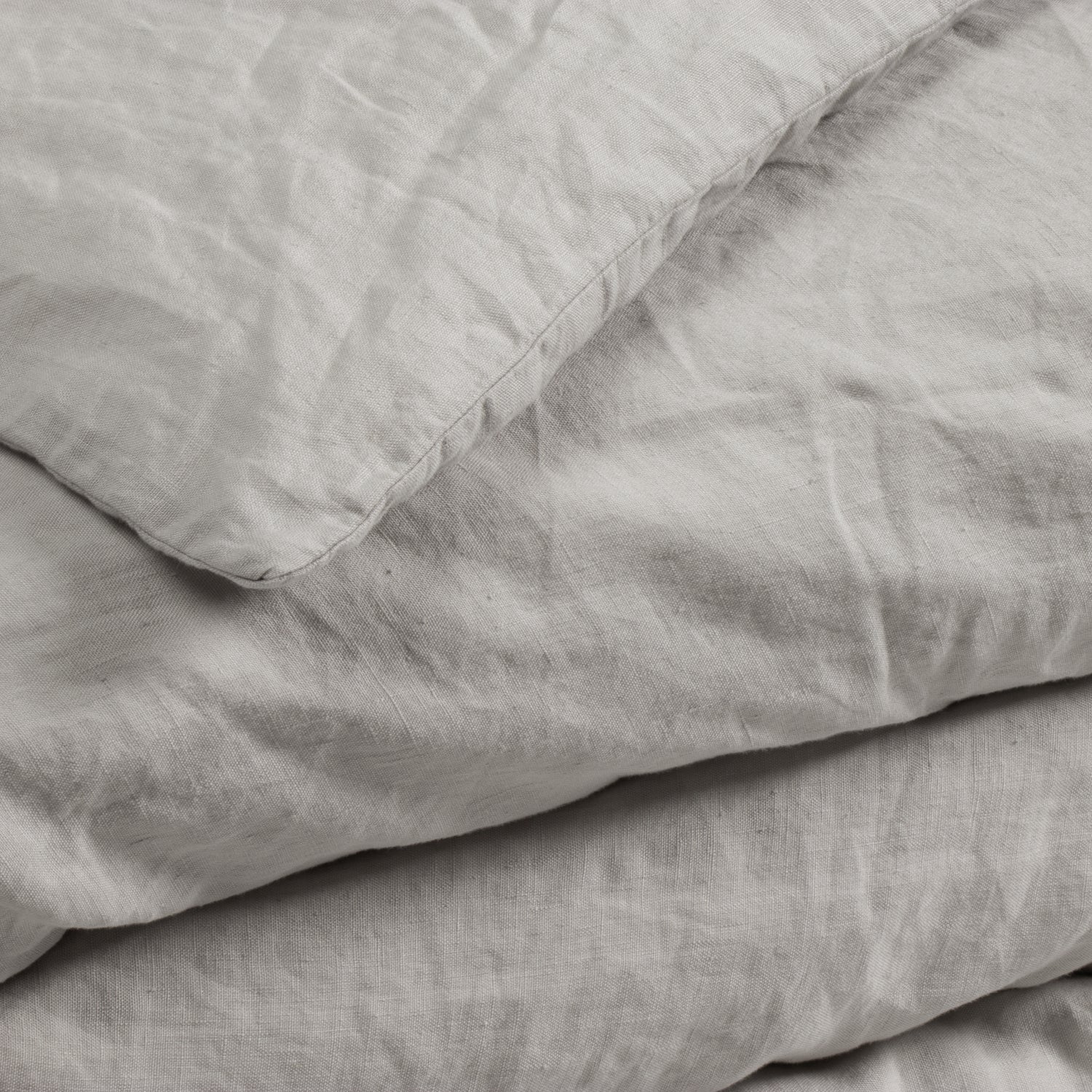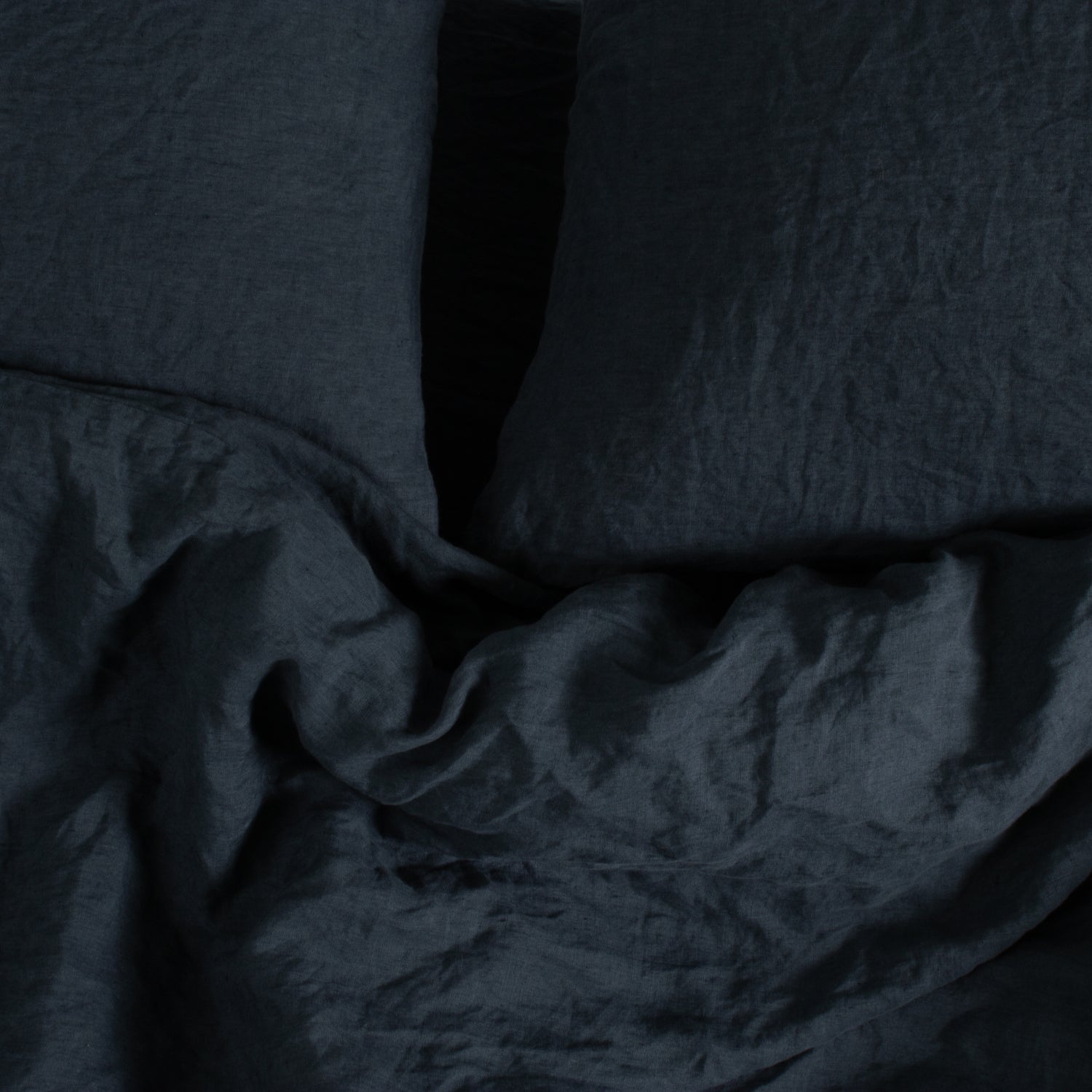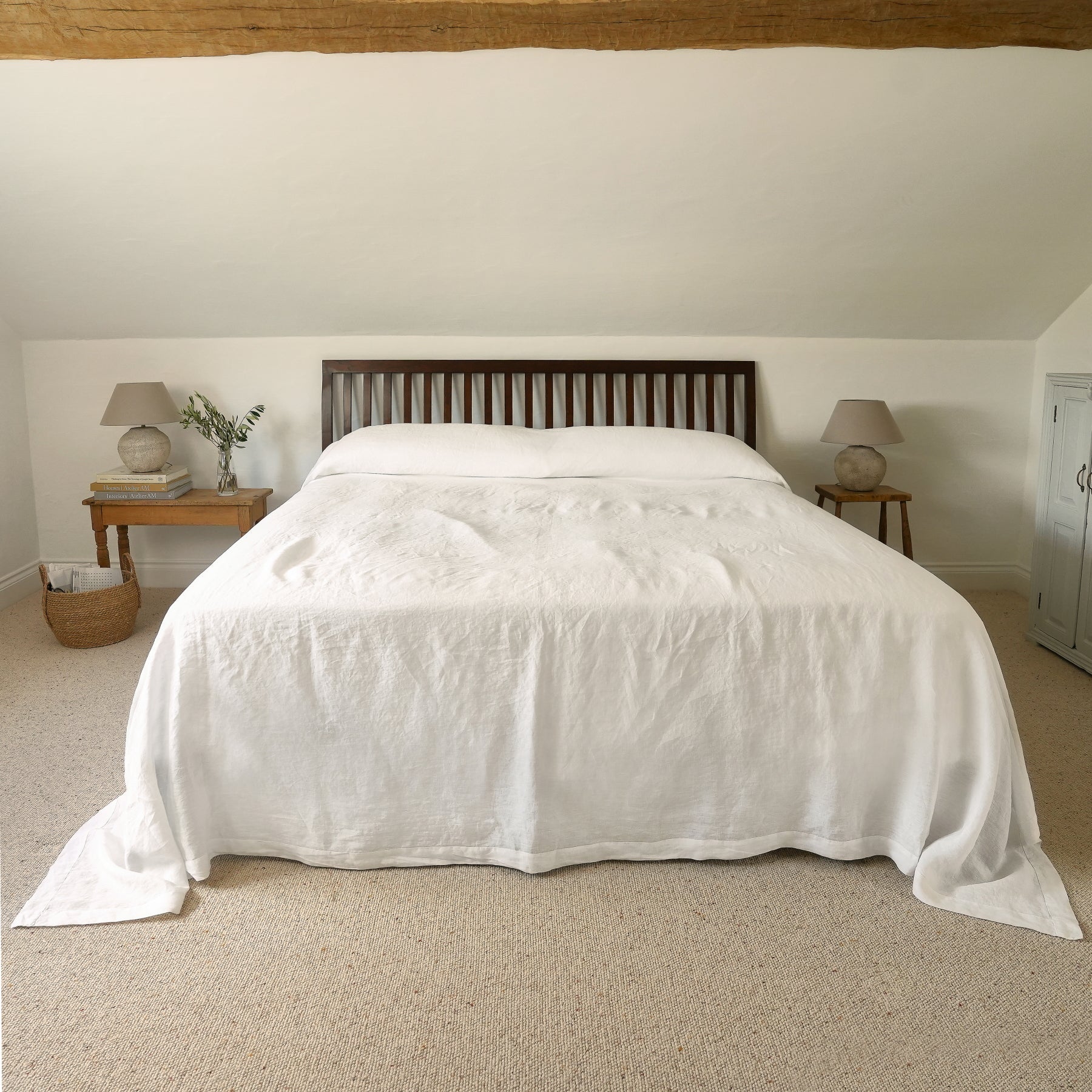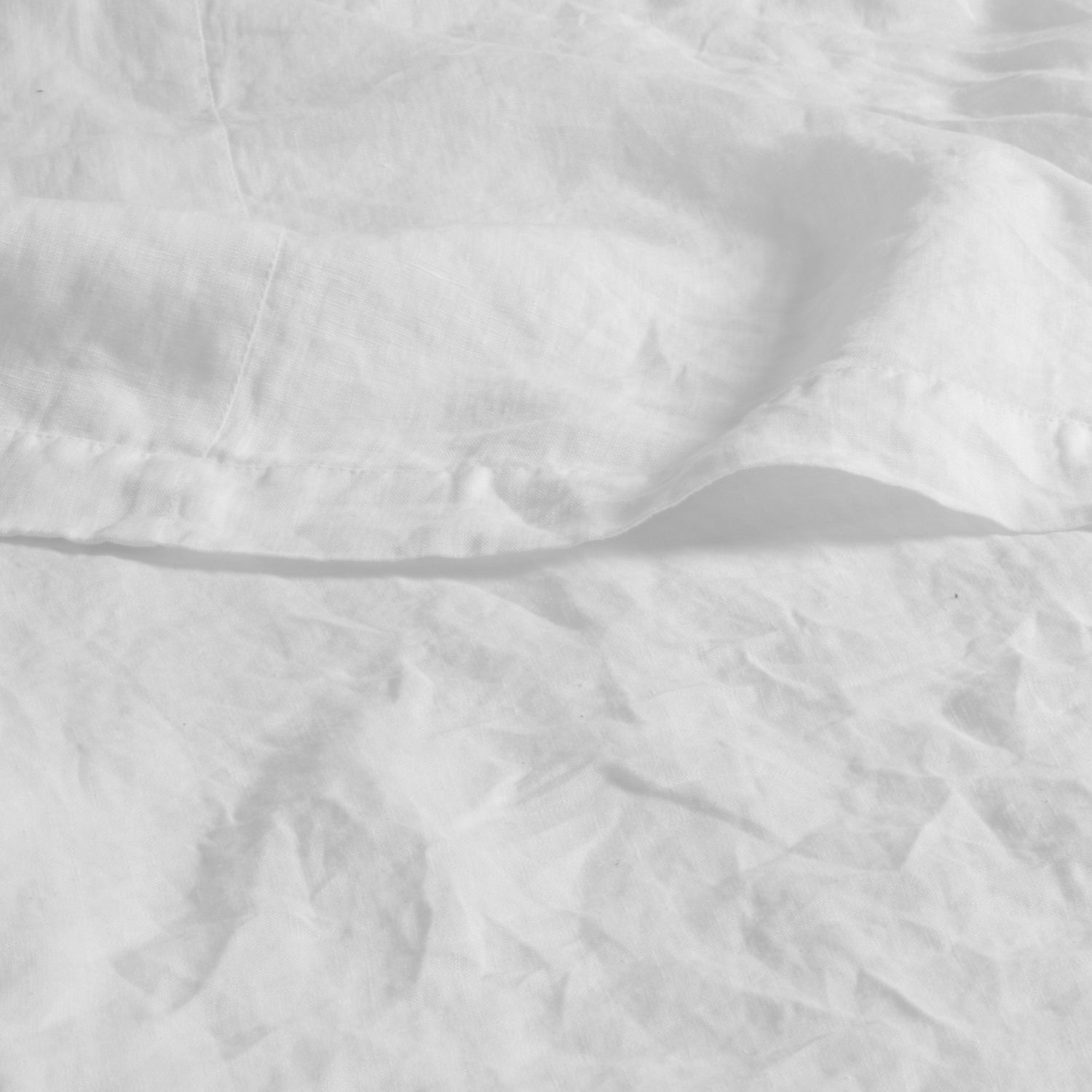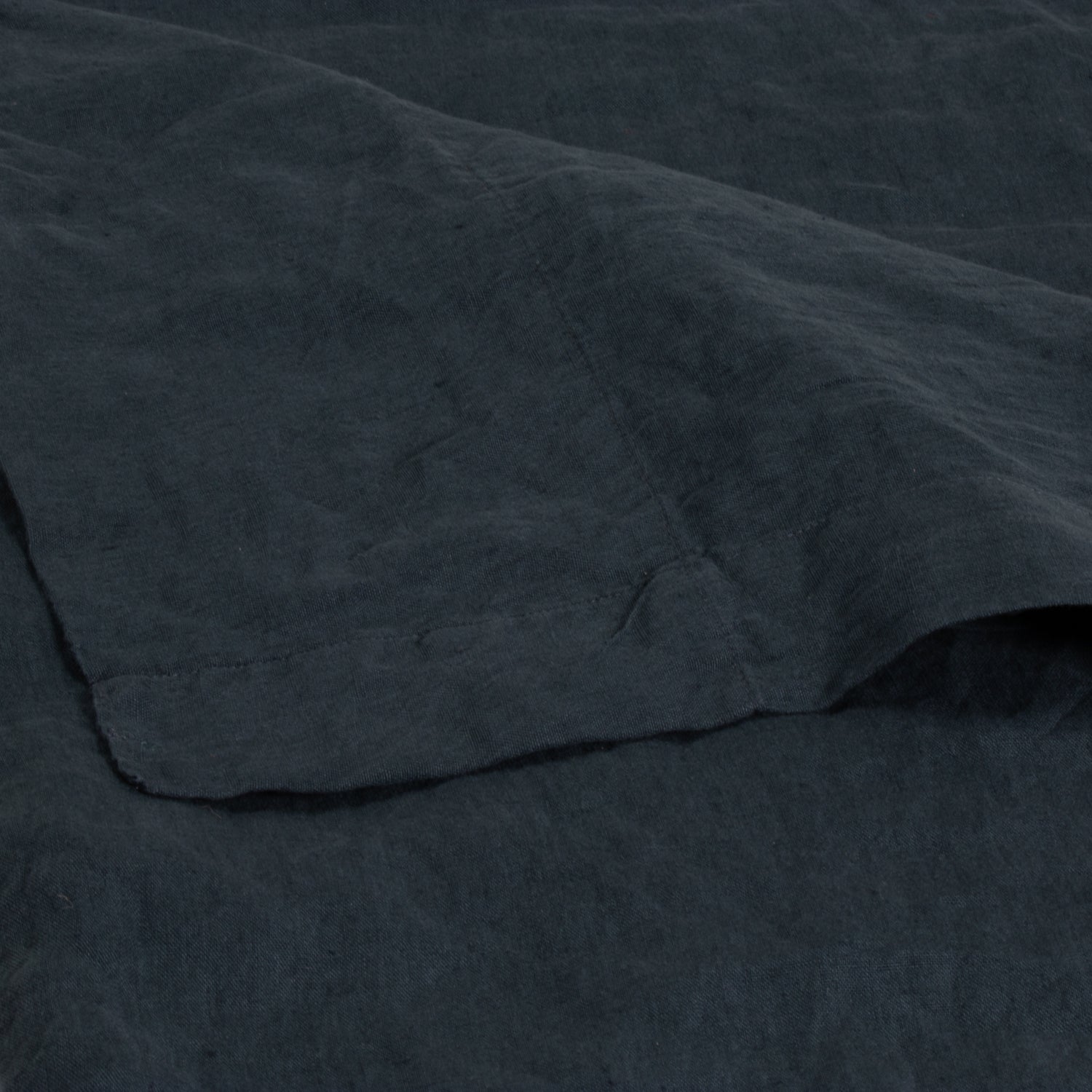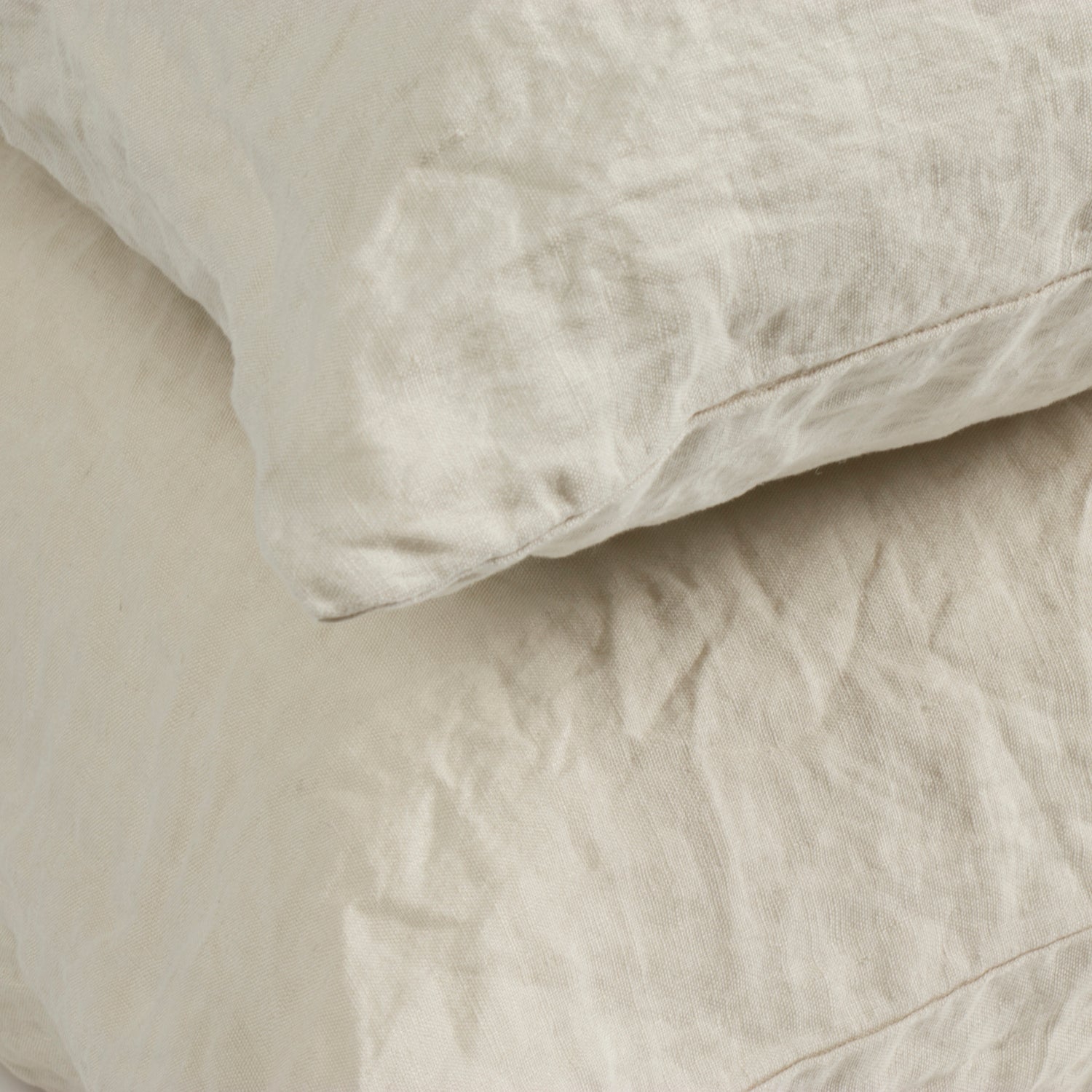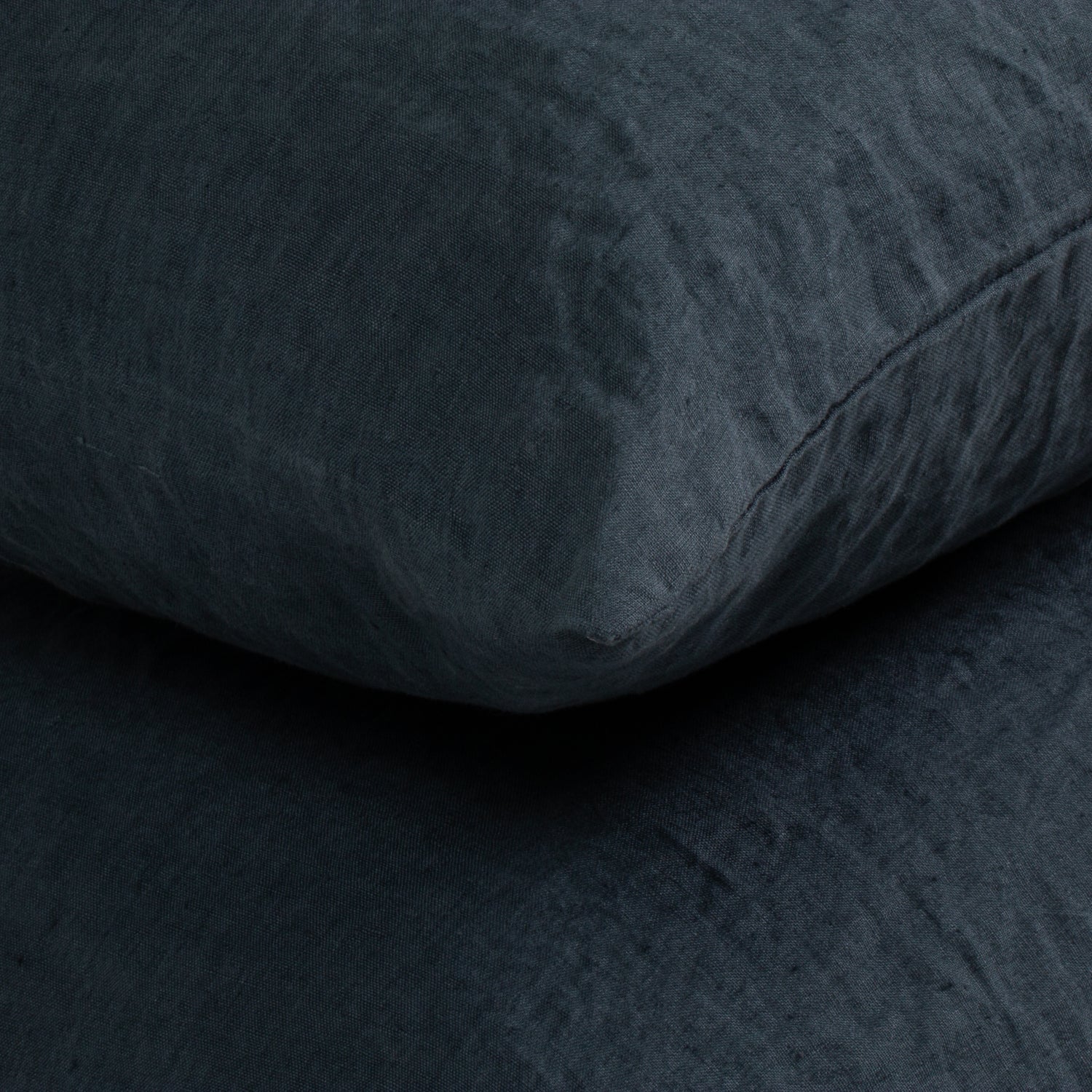Long-Lasting Bedding
Bedding that feels good now, and even better in years to come. These sheets, pillowcases and duvets are made from proper materials like long-staple cotton and pure linen – soft, breathable, and built to last. They don’t just hold up well, they improve with time, getting gentler with each wash. Dependable, well-made bedding for easy, comfortable sleep night after night.
Show next 9 items
Long-Lasting Bedding FAQs
What size bedding do I need for a king-size bed?
For a king-size bed, the best bedding size is a UK king - duvet covers are usually 230 x 220 cm and fitted sheets 150 x 200 cm. If you like a bit more drape or share your duvet (hello, blanket thieves), a super king size at 260 x 220 cm might suit you better. Always check your mattress depth too - deep fitted sheets (up to 36 cm) stay put better and save you from midnight sheet-wrestling.
Which bedding materials are best for sensitive skin?
The best bedding materials for sensitive skin are natural fibres like organic cotton, bamboo or linen. These are breathable, gentle and free from irritating chemicals - especially when OEKO-TEX® or certified organic. Long-staple organic cotton feels particularly soft. Steer clear of synthetics, which can trap heat and aggravate skin. A mild, fragrance-free detergent will help keep things happy too.
How do I wash and care for natural-fibre bedding?
To get the most from your bedding and make it last, the key is gentle care. Wash natural-fibre bedding at 30–40°C using a mild detergent and skip the fabric softener. Line-drying’s best, though a tumble on low won’t hurt most materials. Iron on a medium heat if needed and - crucially - always check the care label first. Got questions? Our full care and repair tips are here.
What are the longest-lasting types of bedding?
The longest-lasting types of bedding are made from strong natural fibres like long-staple organic cotton, hemp or linen. These materials hold up brilliantly over time and actually soften with every wash. Look for sturdy stitching and tight weaves like percale or weighty linen if you want years of comfy nights. Explore our full bed linen collection here and see how we research our products.
How often should you change or wash your bedding?
Wash your bedding every one to two weeks to keep long-lasting bedding feeling fresh and looking its best. In hotter months, or if you’ve got allergies or a cold, stick to once a week. Clean bedding helps prevent build-up of sweat, oils and allergens. Just make sure everything’s completely dry before popping it in the cupboard - no one wants a whiff of musty sheets.
Can lice or fleas survive on bedding?
Yes, lice and fleas can survive briefly on bedding, even if they’d much rather be on you or your pet. To evict them, wash all bedding at 60°C (or higher, if the fabric allows) and tumble dry on high. Long-lasting bedding made with natural fibres can usually handle it - just double-check your care label. Hoovering mattresses and soft furnishings helps break the cycle too.
What should I do with old or unwanted bedding?
The best thing to do with old or unwanted bedding is to rehome or reuse it. Animal shelters often need spare blankets, and worn pieces make cracking cleaning cloths or cushion stuffing. If it’s beyond all hope, recycle it via your local council or textile scheme. Long-lasting bedding tends to stay useful for longer, so it’s always kinder to pass it on than bin it.
